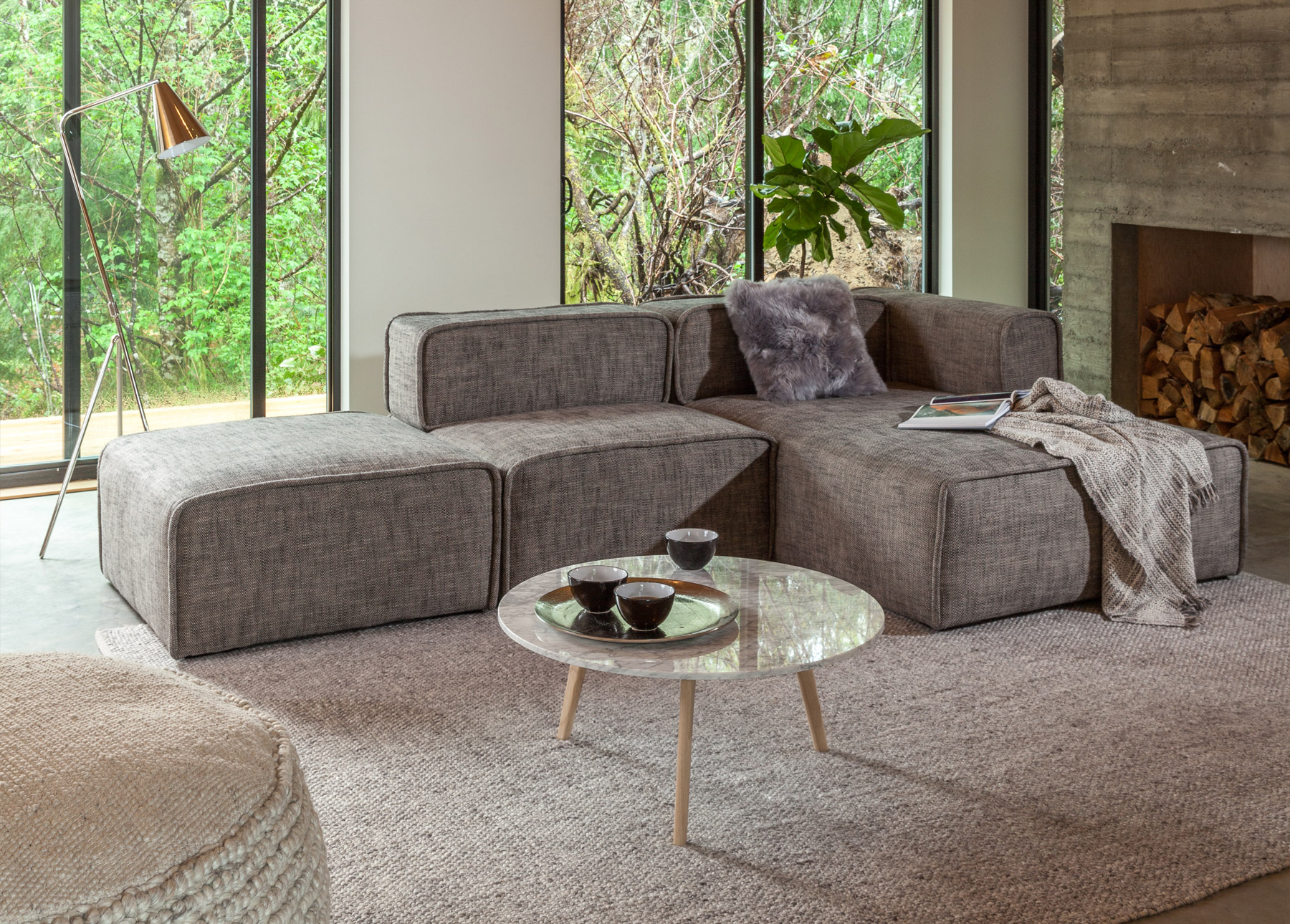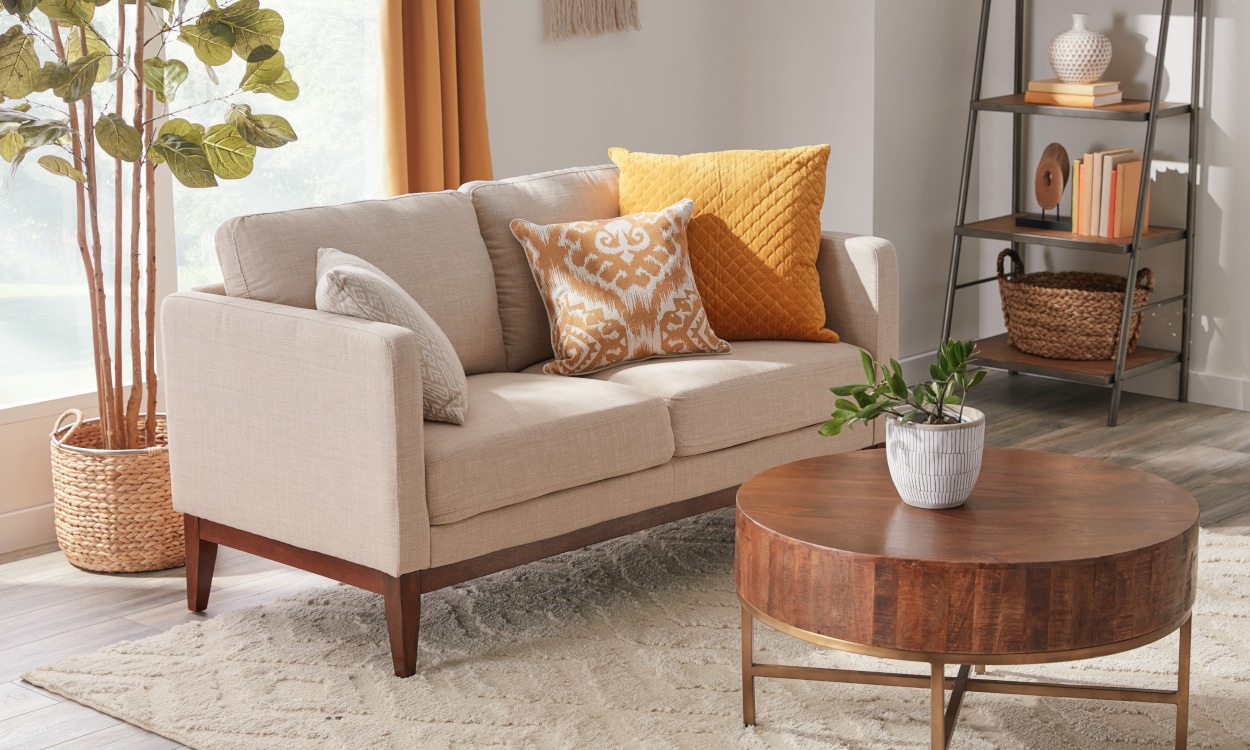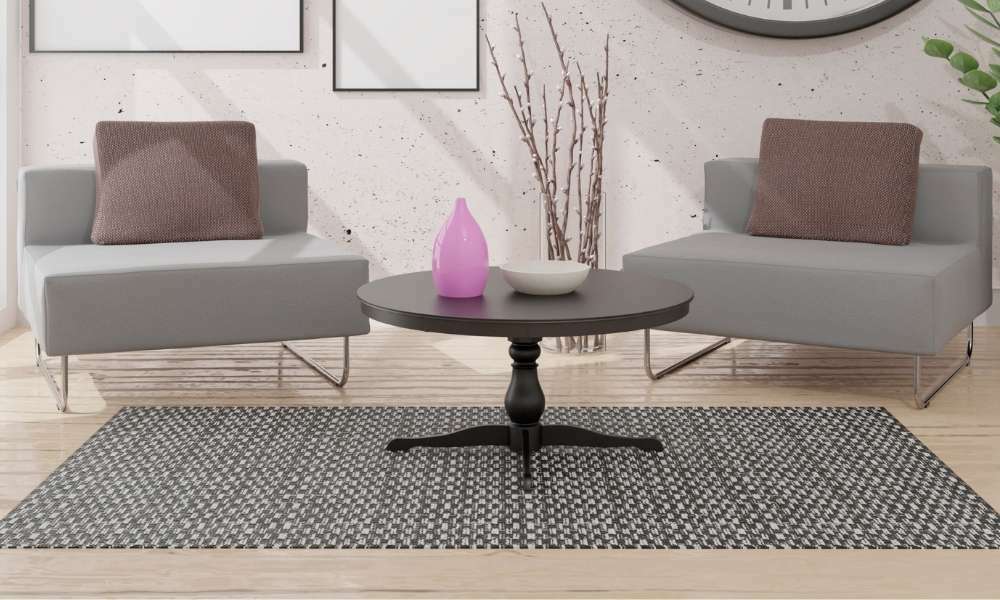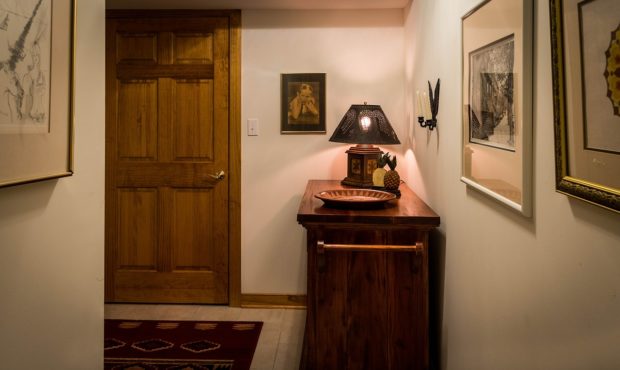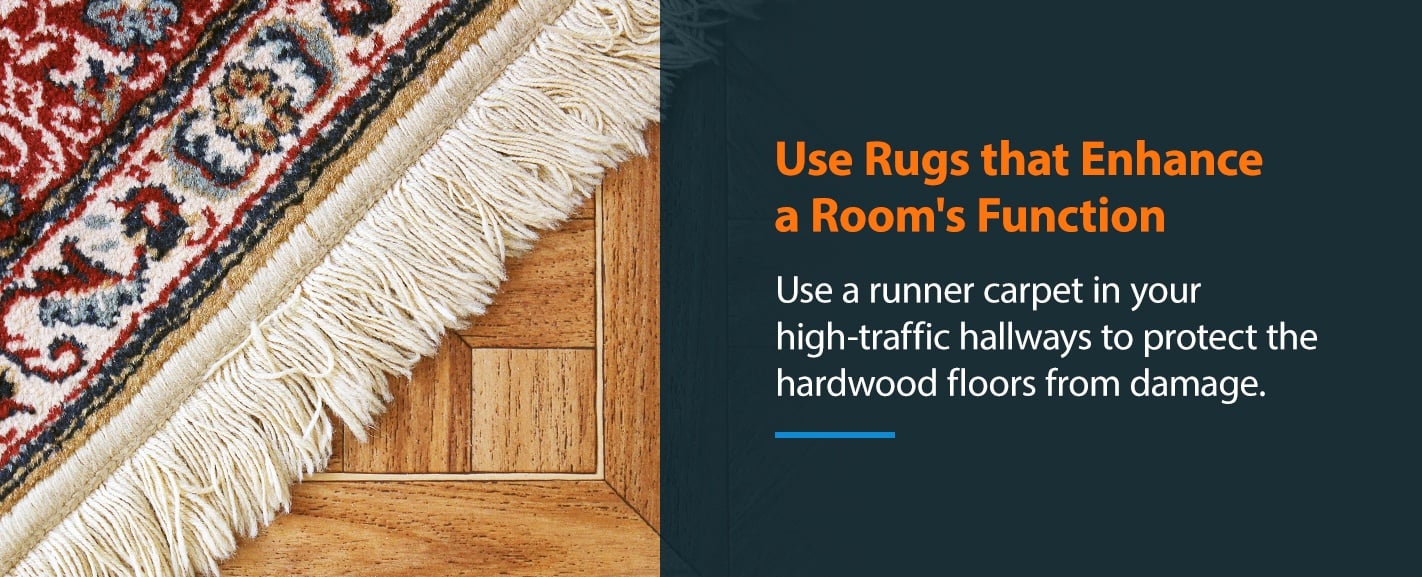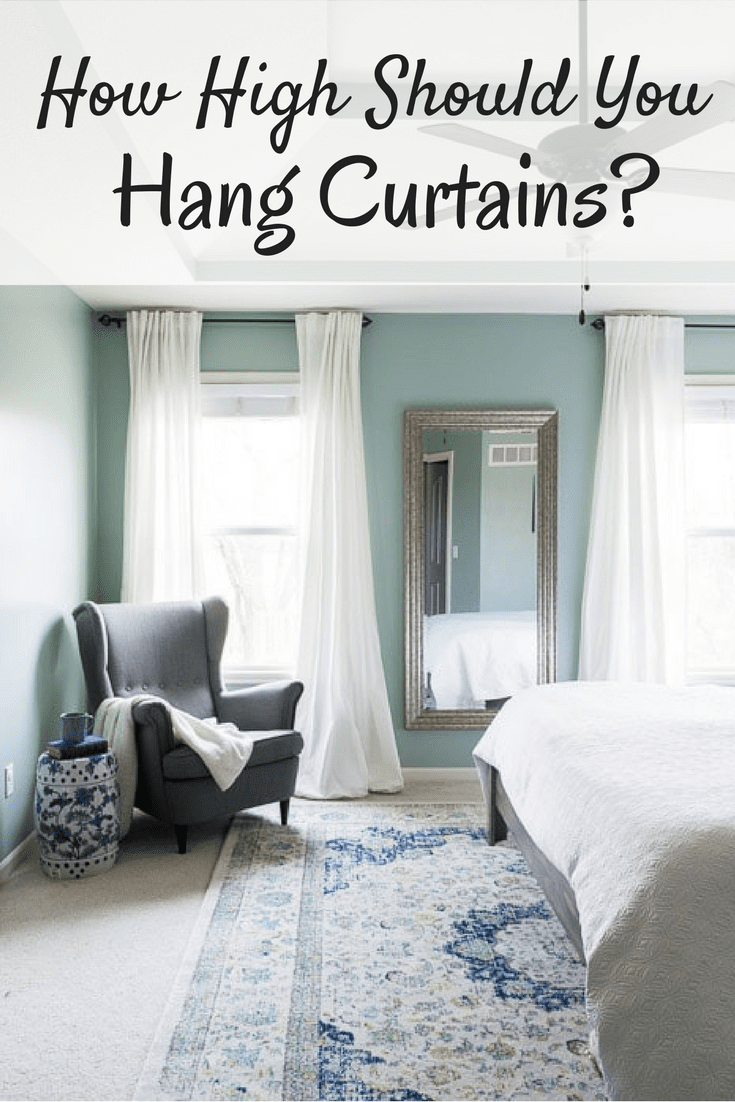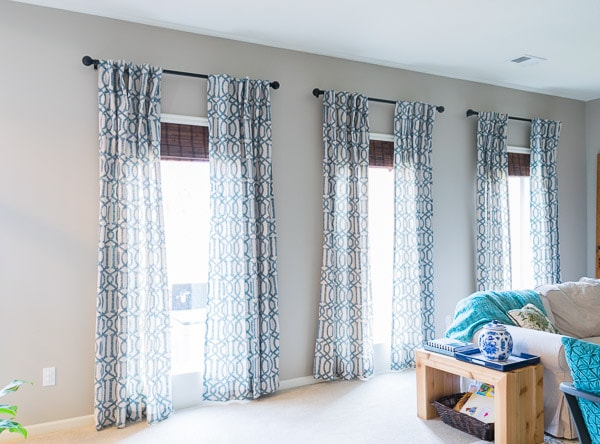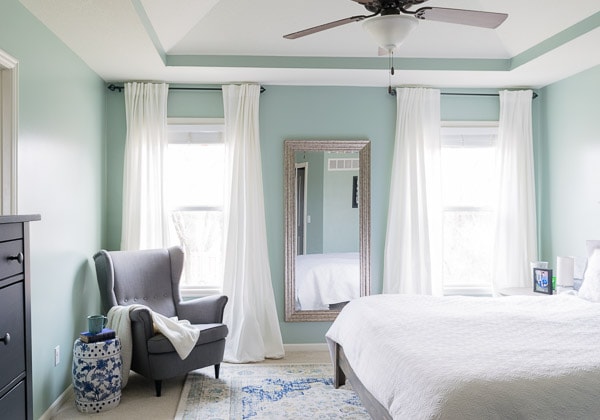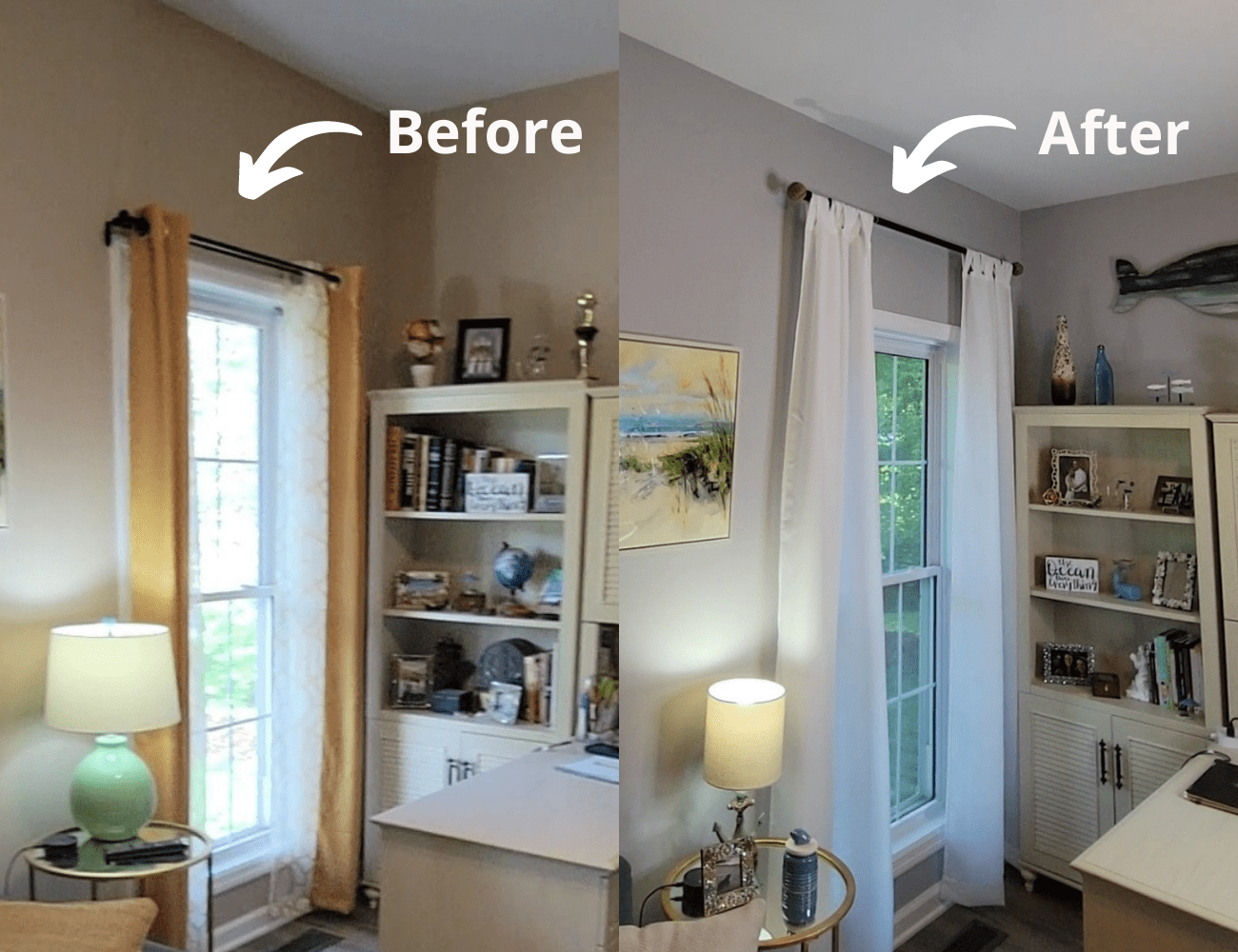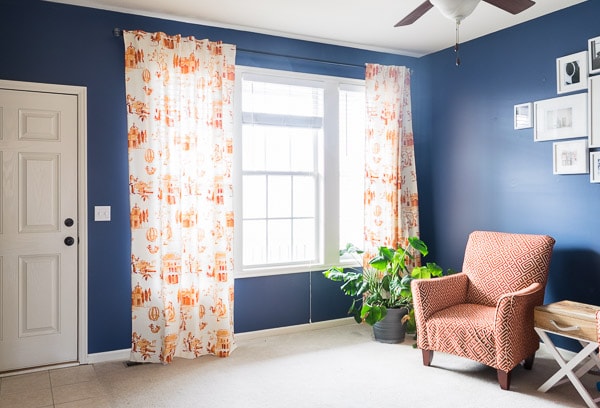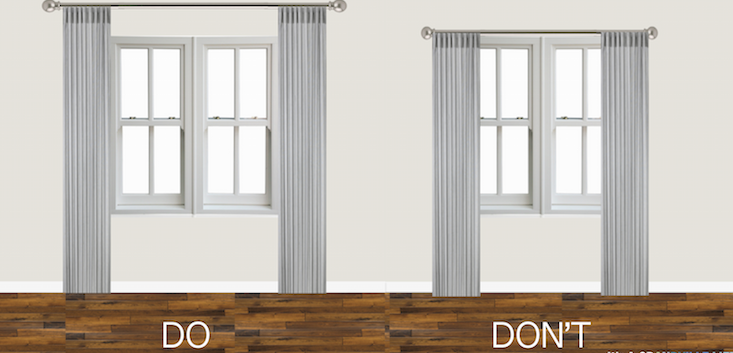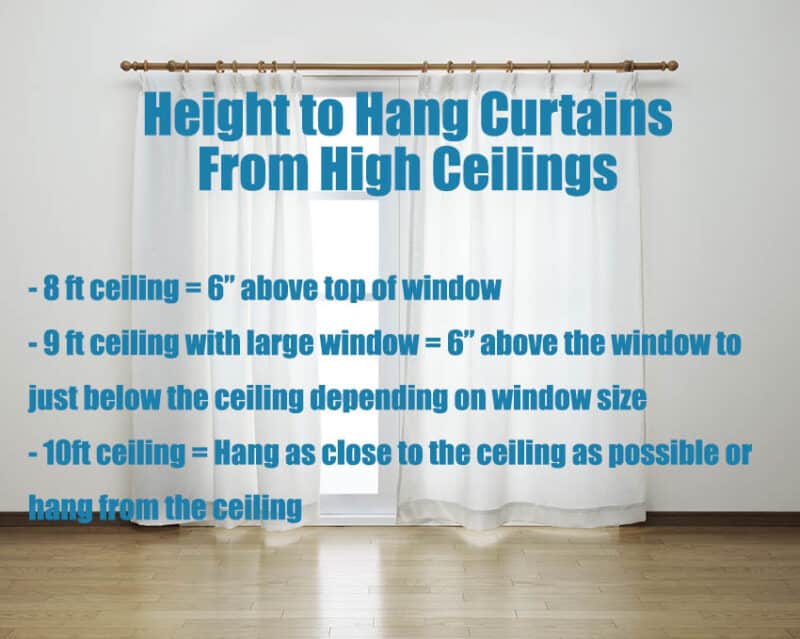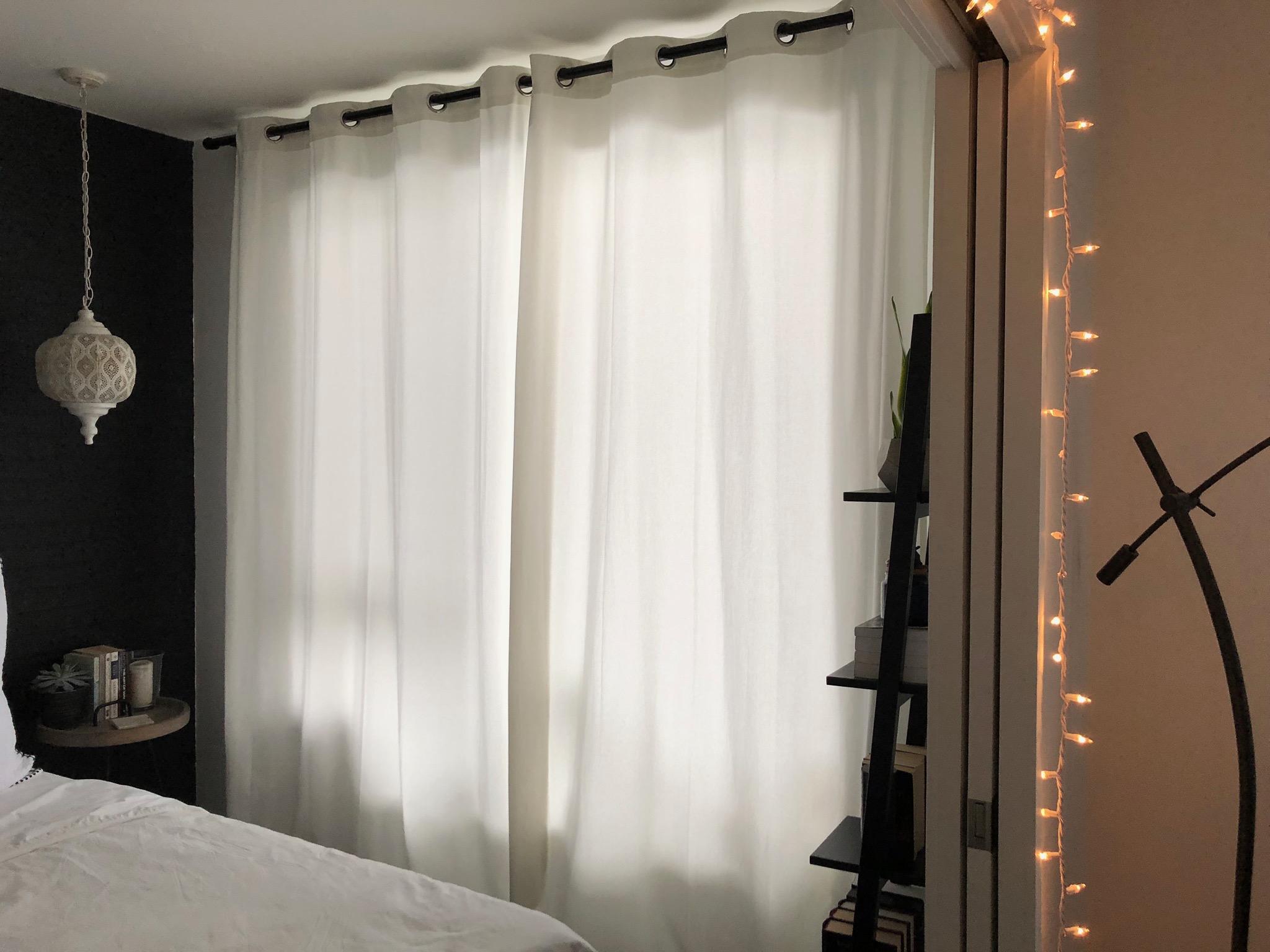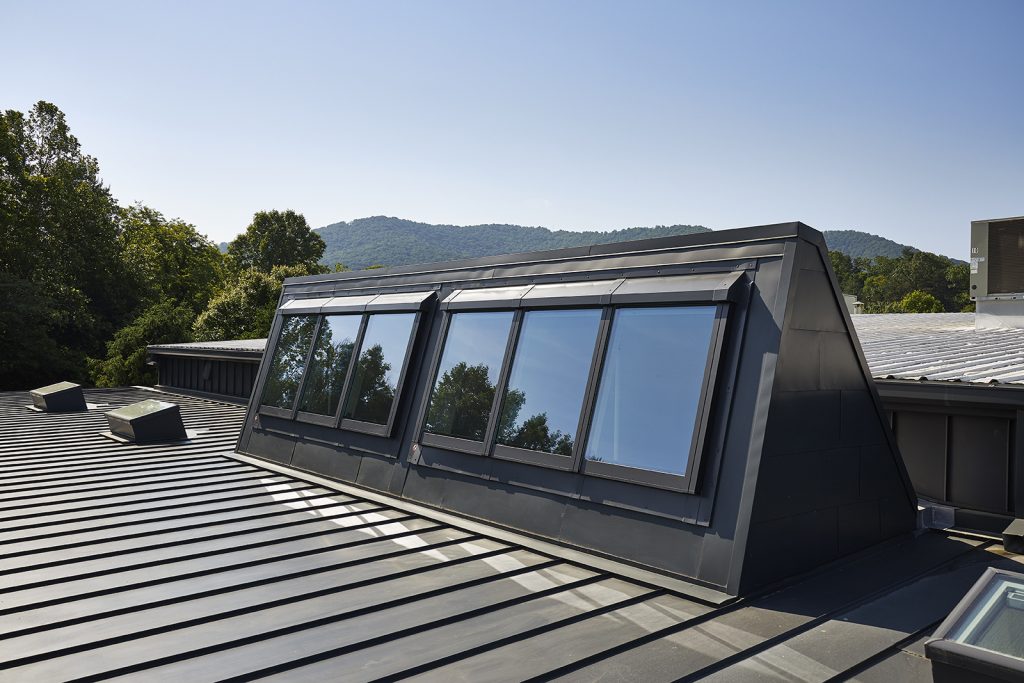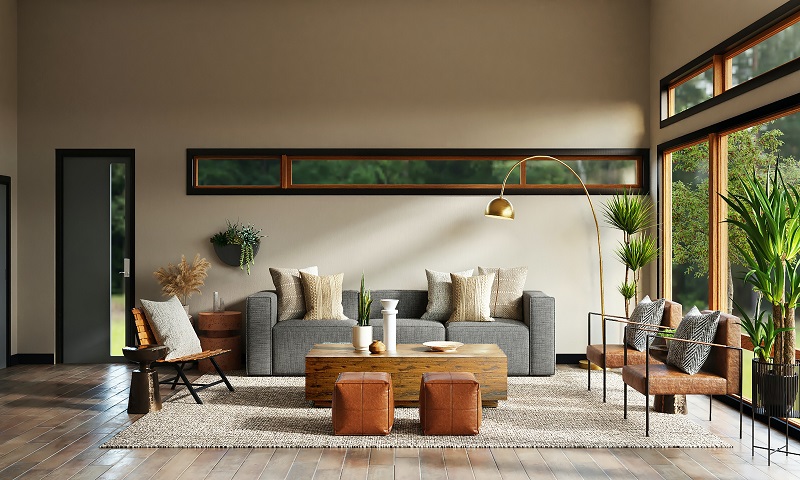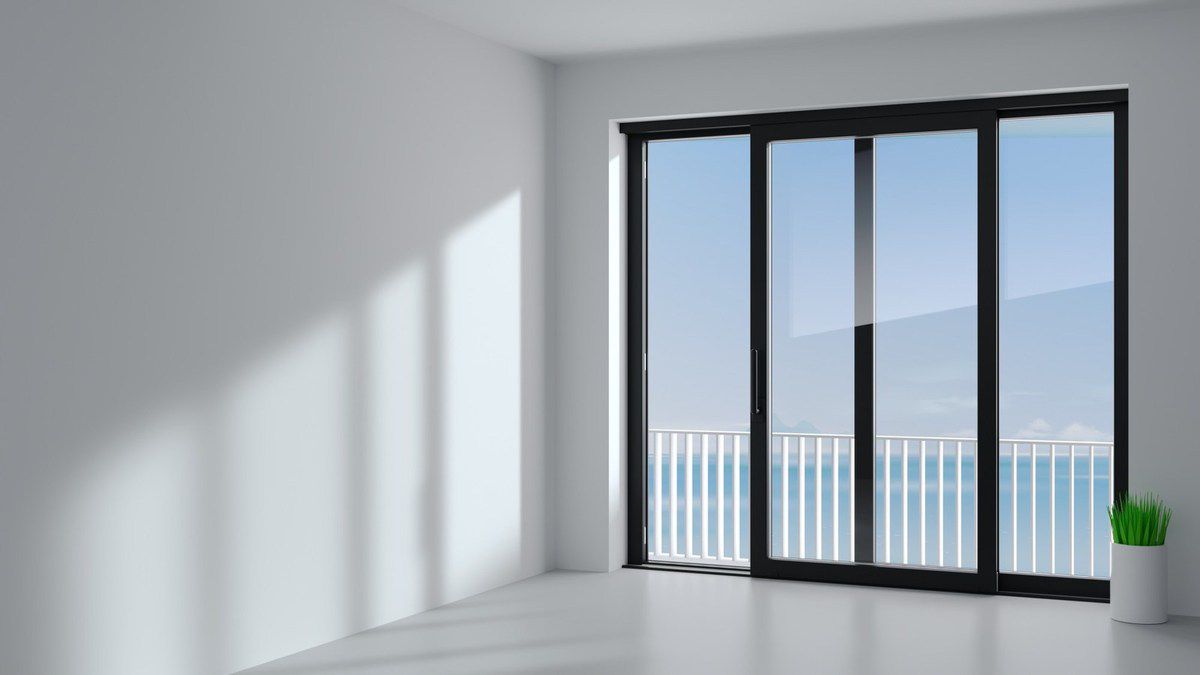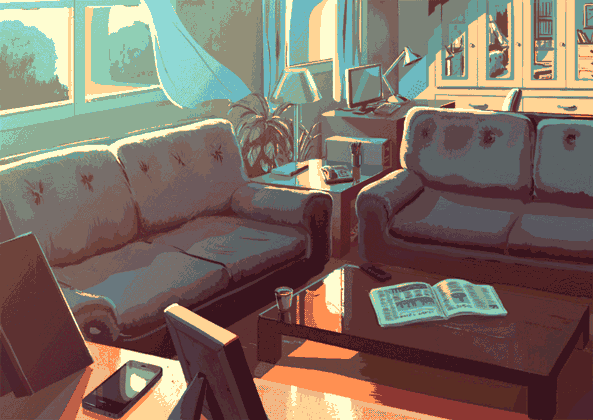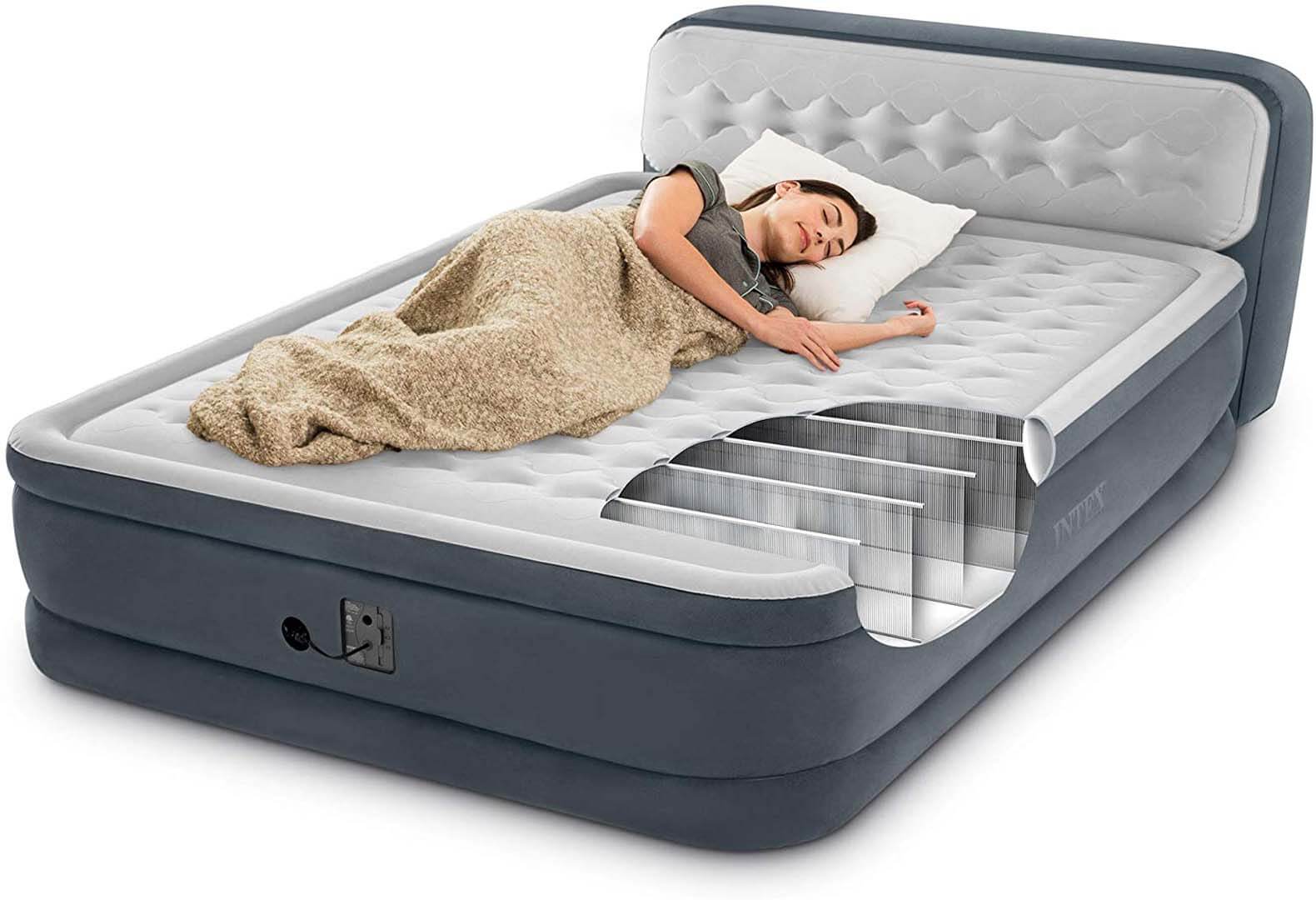Light Colors: Creating the Illusion of Space
When it comes to making a small living room look bigger, one of the easiest and most effective ways is to use light colors. Lighter shades, such as whites, creams, and pastels, reflect natural light and create the illusion of a larger space. They also help to brighten up the room and make it feel more open and airy.
When choosing a color scheme for your living room, try to stick to lighter shades for the walls, ceiling, and larger pieces of furniture. You can always add pops of color with smaller accents and accessories, but keeping the overall color palette light will help to make the room feel more spacious.
Decluttering: Less is More
One of the biggest mistakes people make when trying to make a small living room look bigger is cramming it with too much furniture and decor. The key to creating a spacious and open feel is to declutter and keep only the essentials.
Start by getting rid of any unnecessary items and finding creative storage solutions for things you need to keep in the living room. This could mean investing in a storage ottoman or using shelves and baskets to keep things organized and out of sight. Remember, less is more when it comes to making a small space appear larger.
Multi-Functional Furniture: Maximizing Space
In a small living room, every piece of furniture counts. That's why opting for multi-functional furniture is a great way to make the most of the limited space you have. Look for pieces that can serve multiple purposes, such as a coffee table with hidden storage or a sofa bed for when guests come to stay.
Not only will multi-functional furniture save space, but it can also add versatility and functionality to your living room. Just be sure to choose pieces that are the right size and scale for your space, so they don't overwhelm the room.
Mirrors: Reflecting Light and Space
Another tried and true trick for making a small living room look bigger is to use mirrors. Mirrors reflect light and create the illusion of depth, making the room appear more spacious. They also add a decorative element to your space, giving the illusion of a larger and more open room.
When using mirrors, consider placing them opposite a window or in an area where they can reflect natural light. This will not only add more light to your living room but also make it feel bigger and brighter.
Vertical Storage: Utilizing Wall Space
When you're short on floor space, utilizing vertical storage can be a game-changer. Installing shelves, cabinets, or floating bookcases on the walls can help you make the most of your living room's vertical space. This not only frees up floor space but also adds a decorative element to your room.
Be strategic with how you use your vertical storage, making sure to keep the shelves and cabinets organized and clutter-free. This will help to create a clean and open look in your living room.
Strategic Lighting: Creating Ambiance
The right lighting can make a world of difference in a small living room. Instead of relying on one overhead light, opt for multiple light sources to create a warm and inviting ambiance. This could include table lamps, floor lamps, and even string lights.
Place these lights strategically throughout the room to add depth and create a cozy atmosphere. You can also use dimmer switches to control the intensity of the light and create different moods in your living room.
Opt for Smaller Furniture: Scale Matters
When it comes to furniture in a small living room, size matters. Choosing smaller, more proportionate pieces will help to make the room feel more spacious and less cluttered. This doesn't mean you have to sacrifice style or comfort, but rather be strategic in your furniture choices.
Consider investing in a love seat instead of a full-sized sofa or choosing a coffee table with a smaller footprint. You can also opt for armless chairs or stools that can be easily tucked away when not in use.
Use Rugs to Define Spaces
Rugs can serve as a great tool for defining different areas in a small living room. By using different rugs to separate the seating area from the dining area, for example, you can create the illusion of distinct spaces and make the room feel larger.
When choosing a rug for your living room, opt for one that is slightly smaller than the space to make the room feel more open. You can also use rugs with light colors or patterns to add visual interest and make the room feel more spacious.
Hang Curtains High: Adding Height
Another way to make a small living room look bigger is to hang your curtains high. This trick works because it draws the eye upward and creates the illusion of height. It also allows more natural light to enter the room, making it feel brighter and more open.
Choose lightweight curtains in light colors and avoid heavy, dark fabrics that can make the room feel smaller. Hanging the curtains several inches above the window frame and letting them touch the floor will also help to elongate the room.
Utilize Natural Light: Embracing the Outdoors
Lastly, don't underestimate the power of natural light in making a small living room look bigger. If you have windows, make the most of them by keeping them uncovered or using sheer curtains that allow light to filter through.
If your living room doesn't have many windows, consider adding a skylight or installing a large mirror opposite the window to reflect the natural light. You can also place potted plants near the window to bring in some of the outdoors and add a touch of freshness to your living room.
Creating a Focal Point
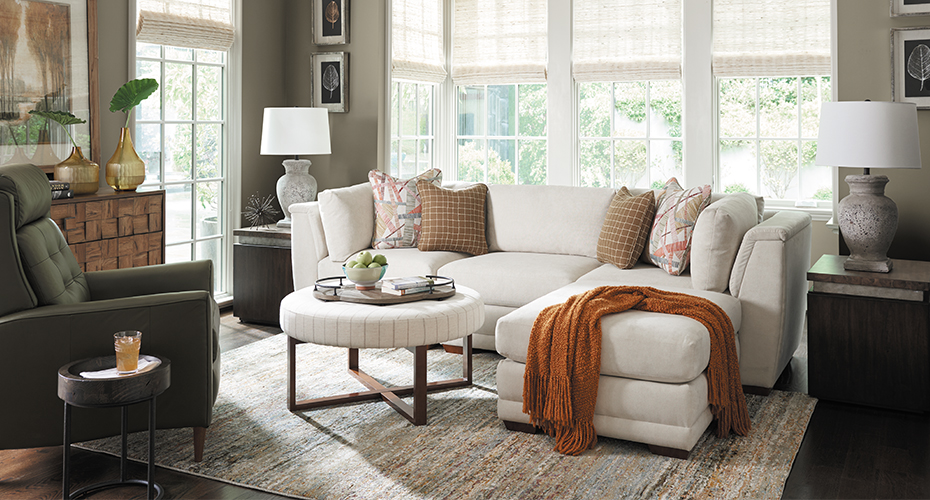
When it comes to designing a small living room, creating a focal point is essential. This not only adds visual interest to the space, but it also draws the eye away from the size of the room. A bold, statement piece such as a large piece of artwork or a gorgeous, eye-catching rug can serve as the focal point of the room. This will instantly make the room feel bigger and more inviting.
Strategic Placement
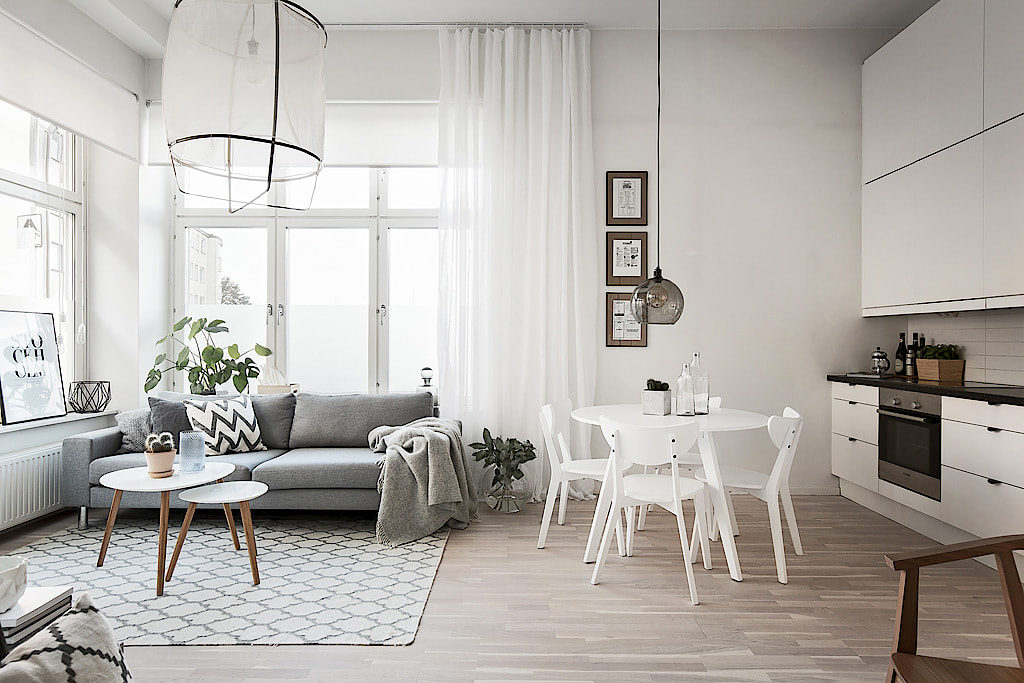
Another important aspect to consider when trying to make a small living room appear larger is the placement of furniture. Strategic placement is key to maximizing the space and creating an illusion of a bigger room. Floating furniture in the center of the room rather than pushing it against the walls can create a sense of openness and flow. Additionally, using multi-functional furniture such as a coffee table with hidden storage or a sofa with a pull-out bed can save space and make the room feel less cluttered.
Utilizing Light and Color

Light and color play a crucial role in making a small living room look bigger. Natural light is the best option for creating a sense of openness and brightness in a small space. Keep window treatments minimal or opt for sheer curtains to allow maximum light to flow in. When it comes to color, lighter, neutral tones work best in small living rooms as they reflect light and give the illusion of a larger space. Using monochromatic color schemes can also create a cohesive and spacious look.
With these tips in mind, you can transform your small living room into a cozy and visually appealing space that feels much bigger than it actually is. Remember to keep the design simple, utilize storage solutions, and play with light and color to create the illusion of a larger living room. With a few strategic choices, your small living room will become the perfect gathering space for you and your loved ones.


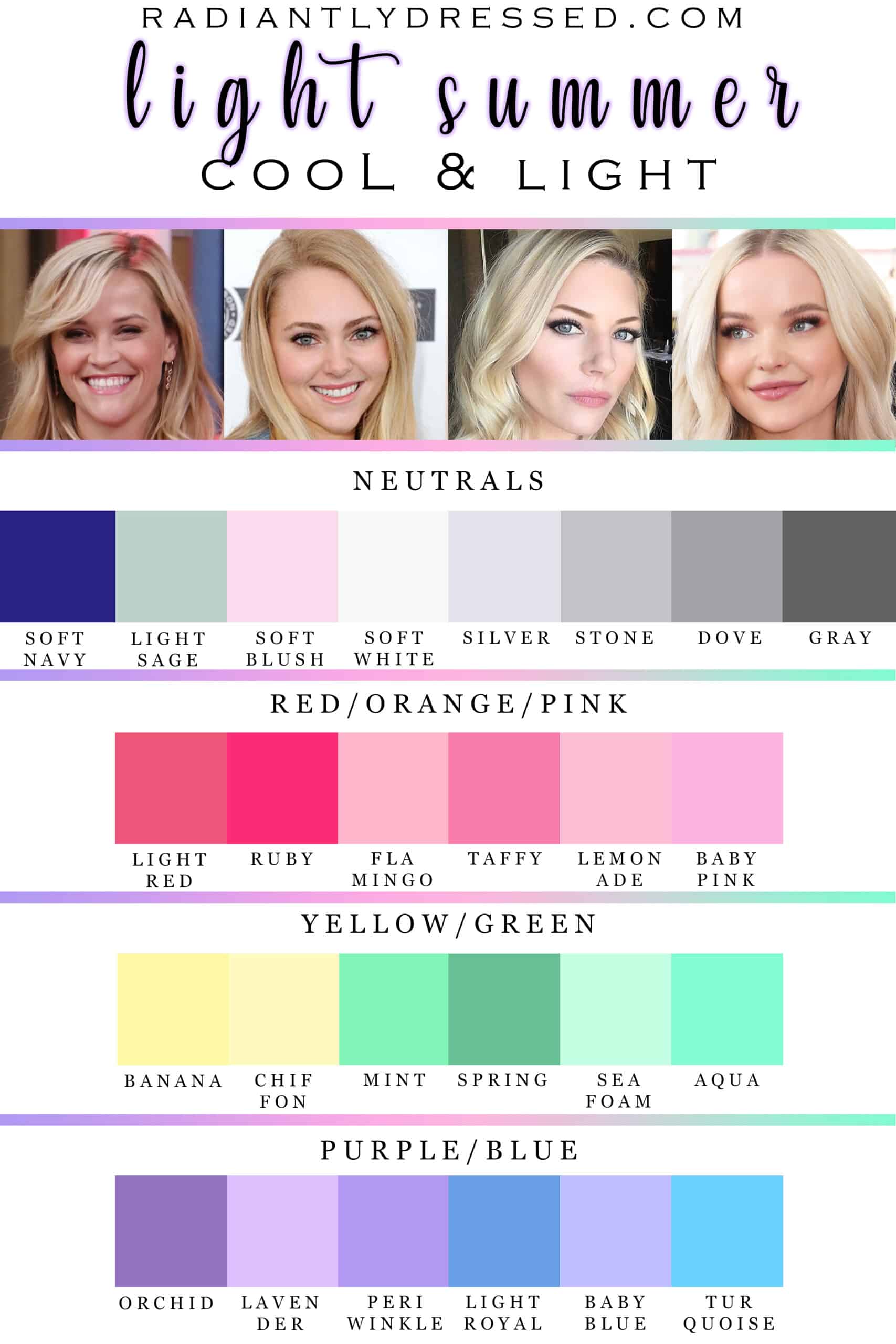












:max_bytes(150000):strip_icc()/decluttering-your-entire-home-2648002_final-8c0e3c4755b241a5abff3315c2a44c22.png)







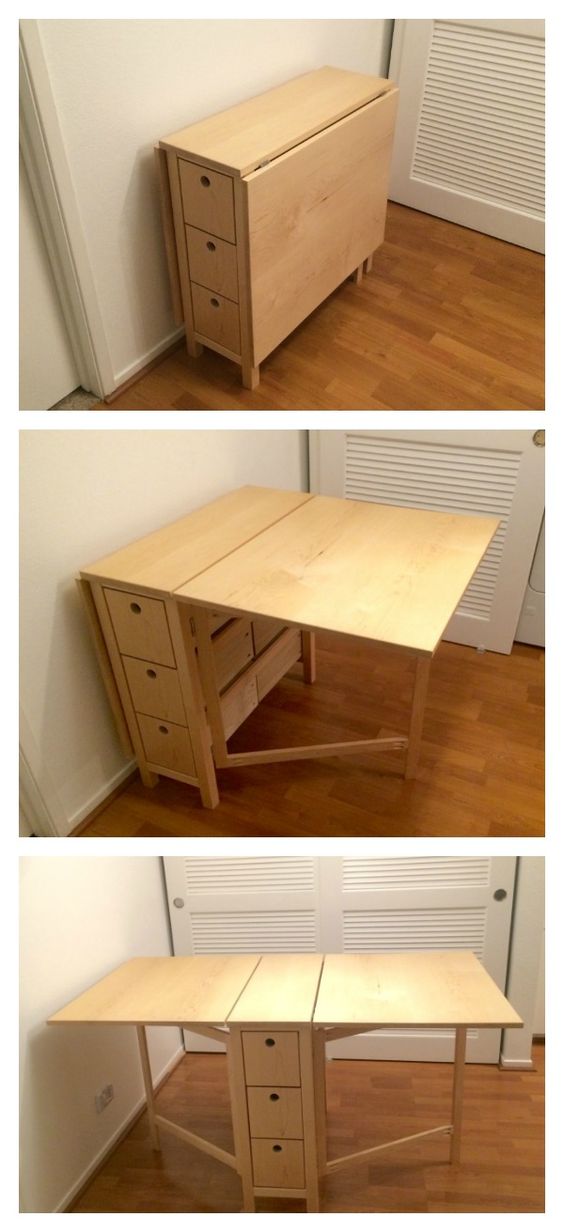
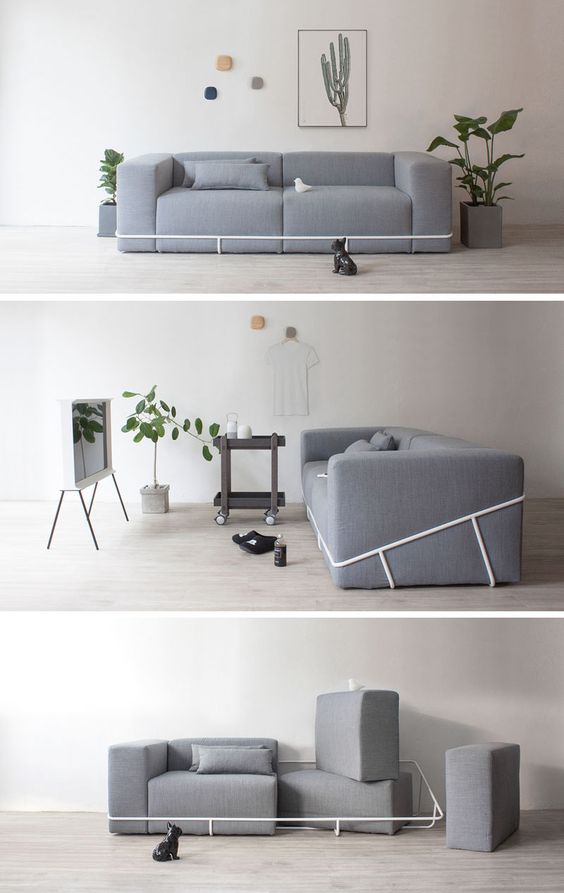


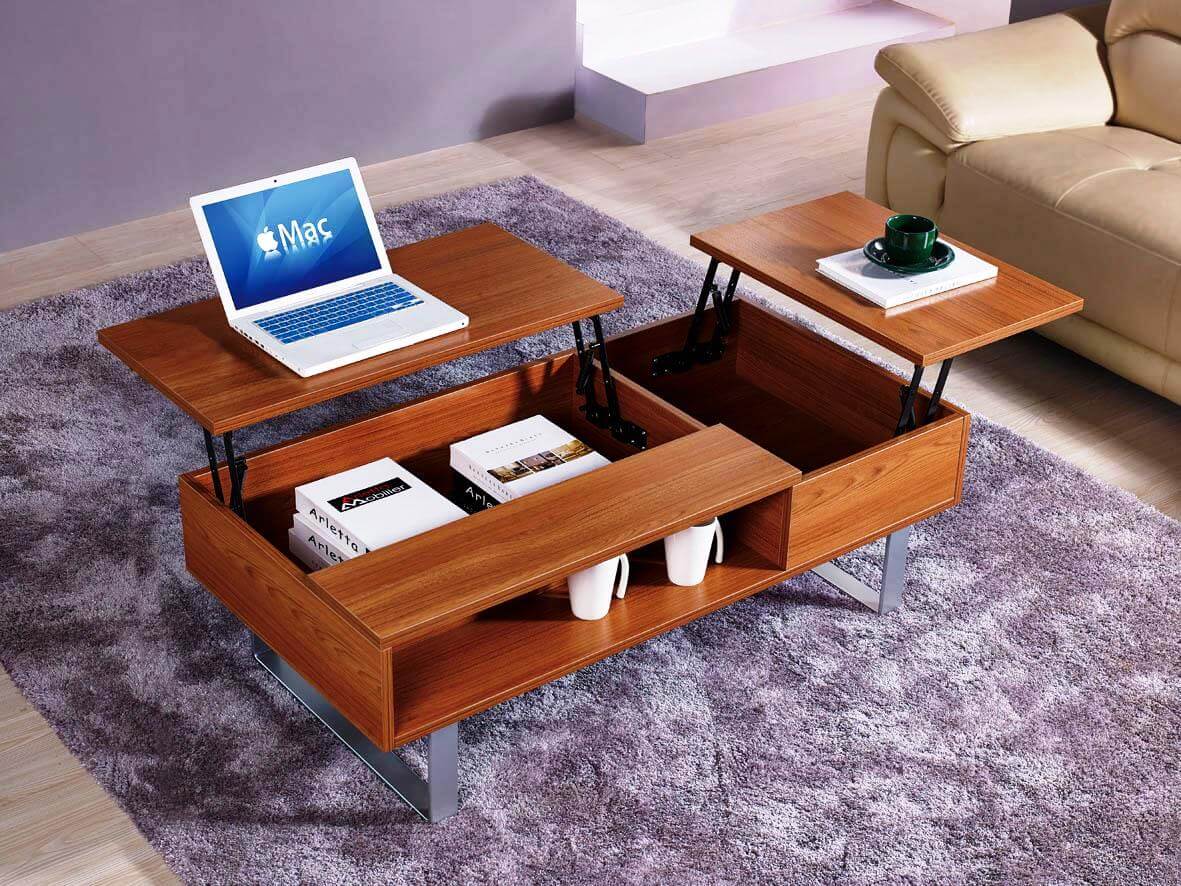
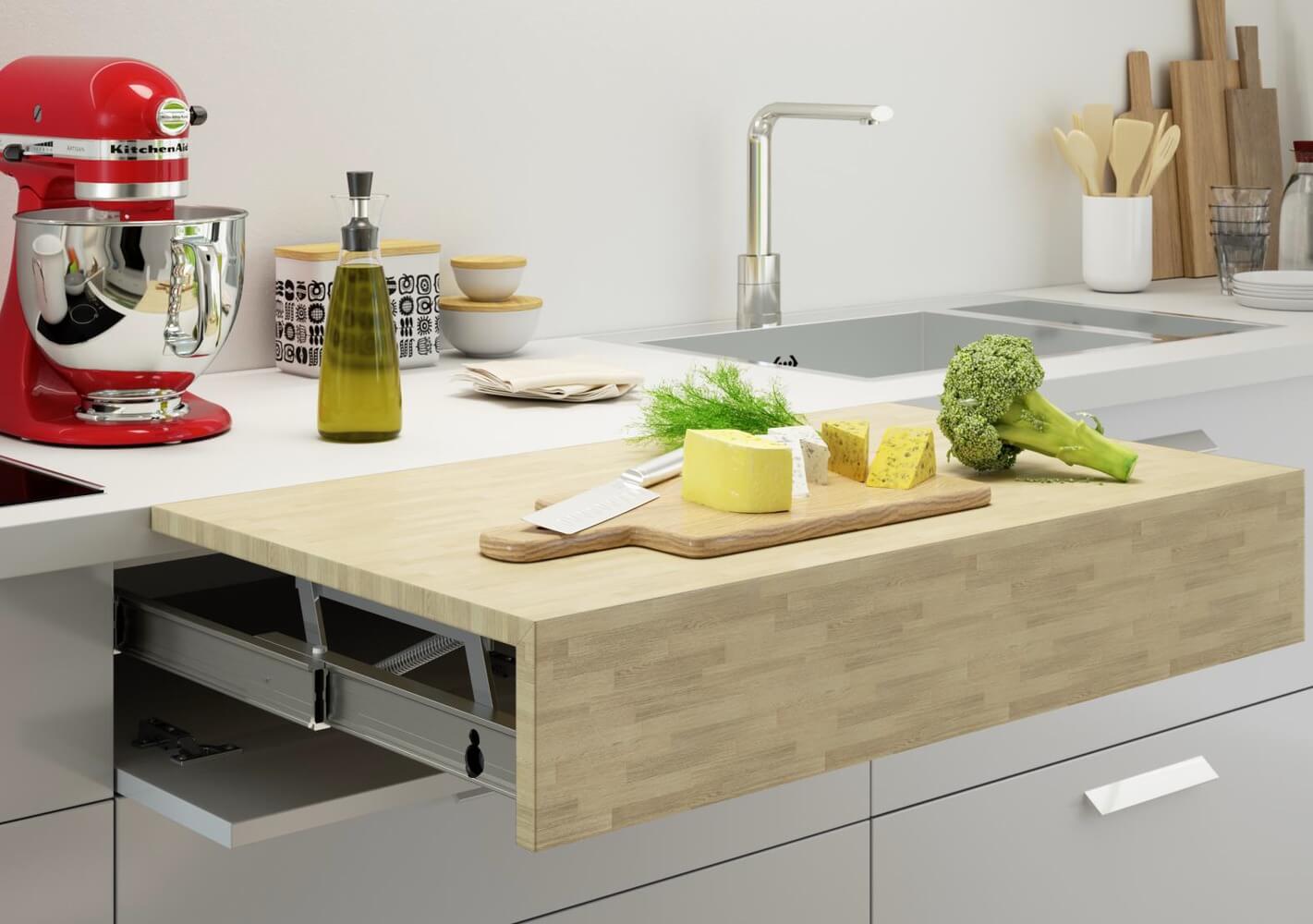
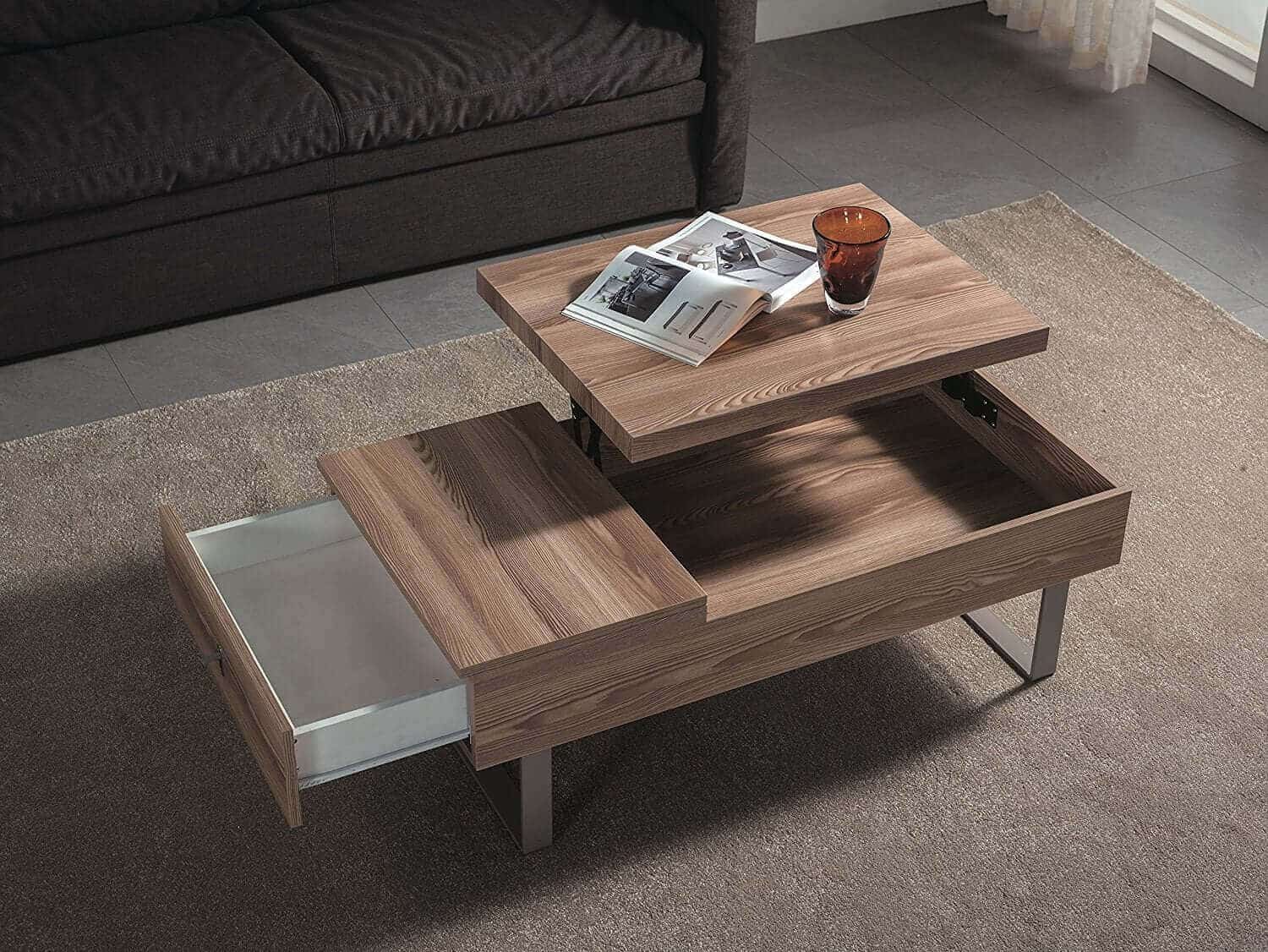
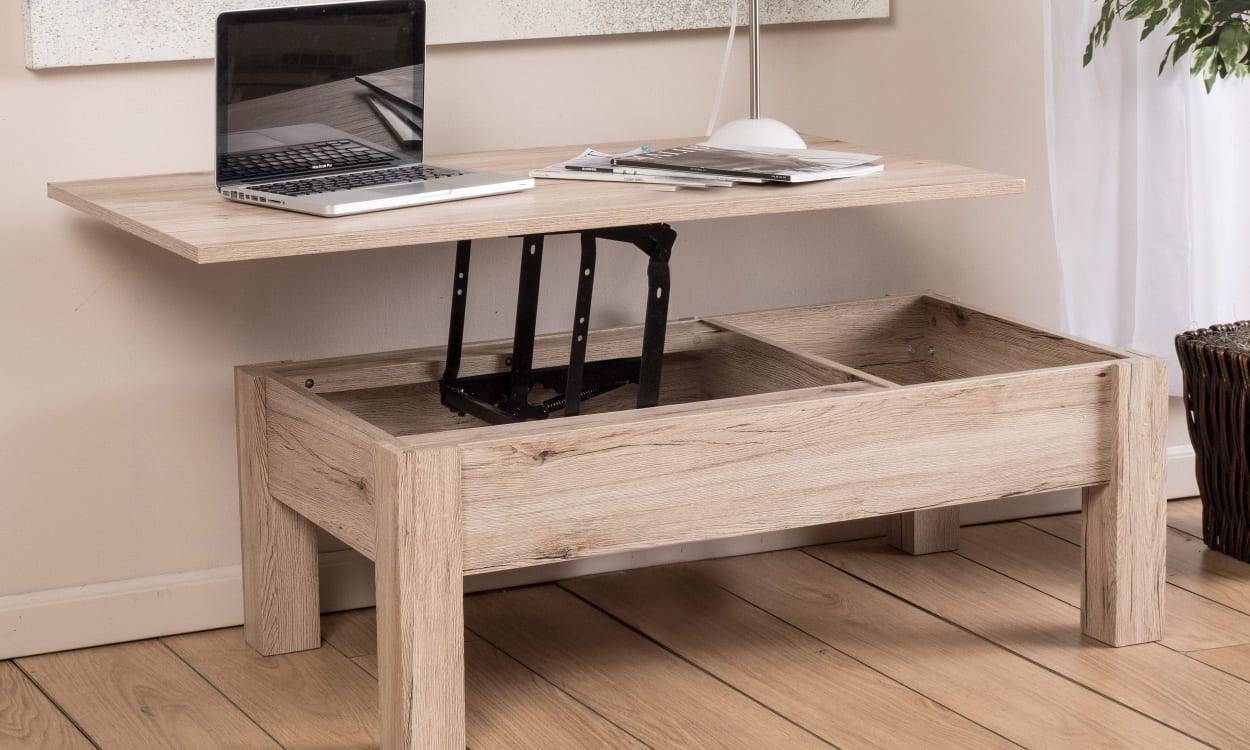
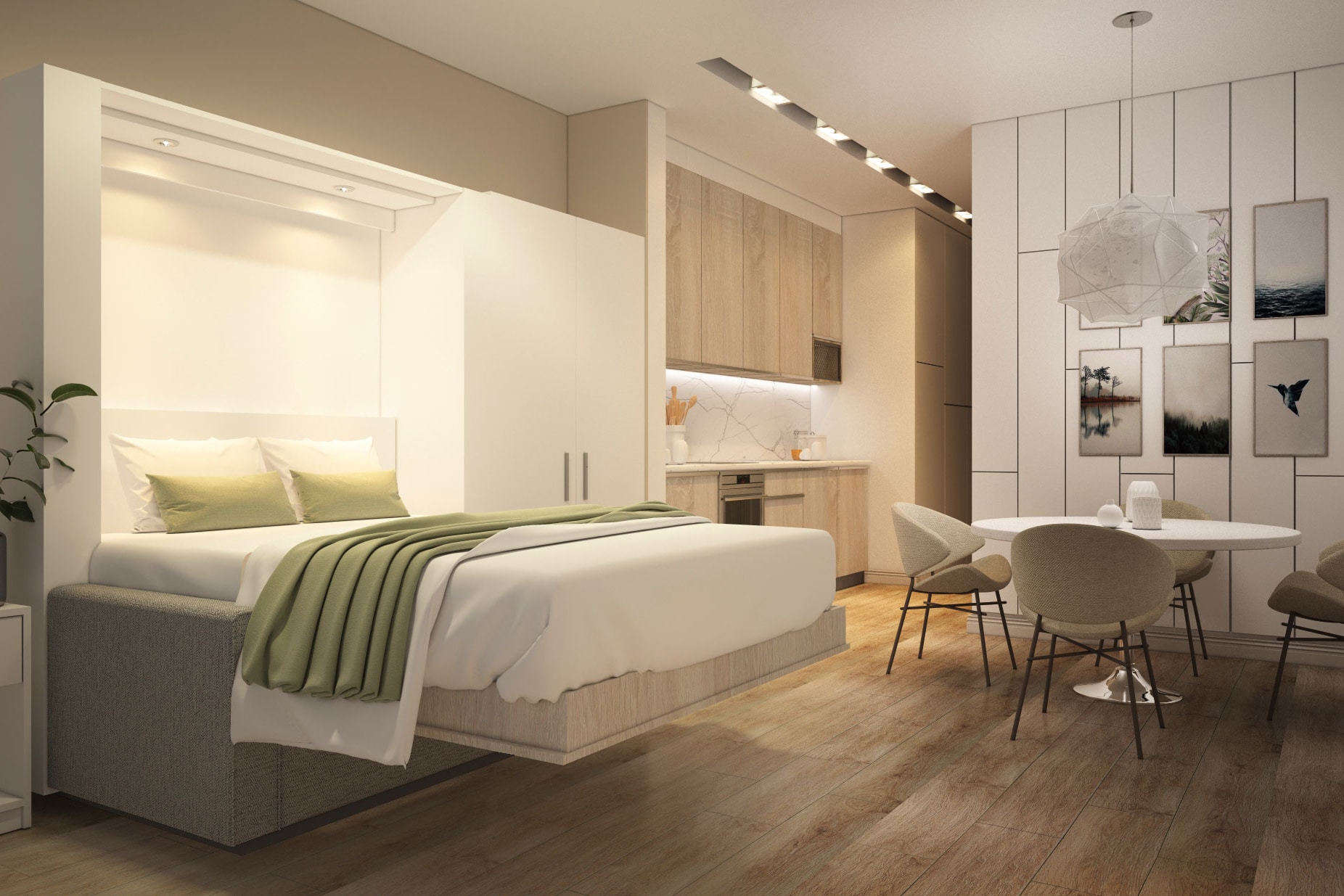
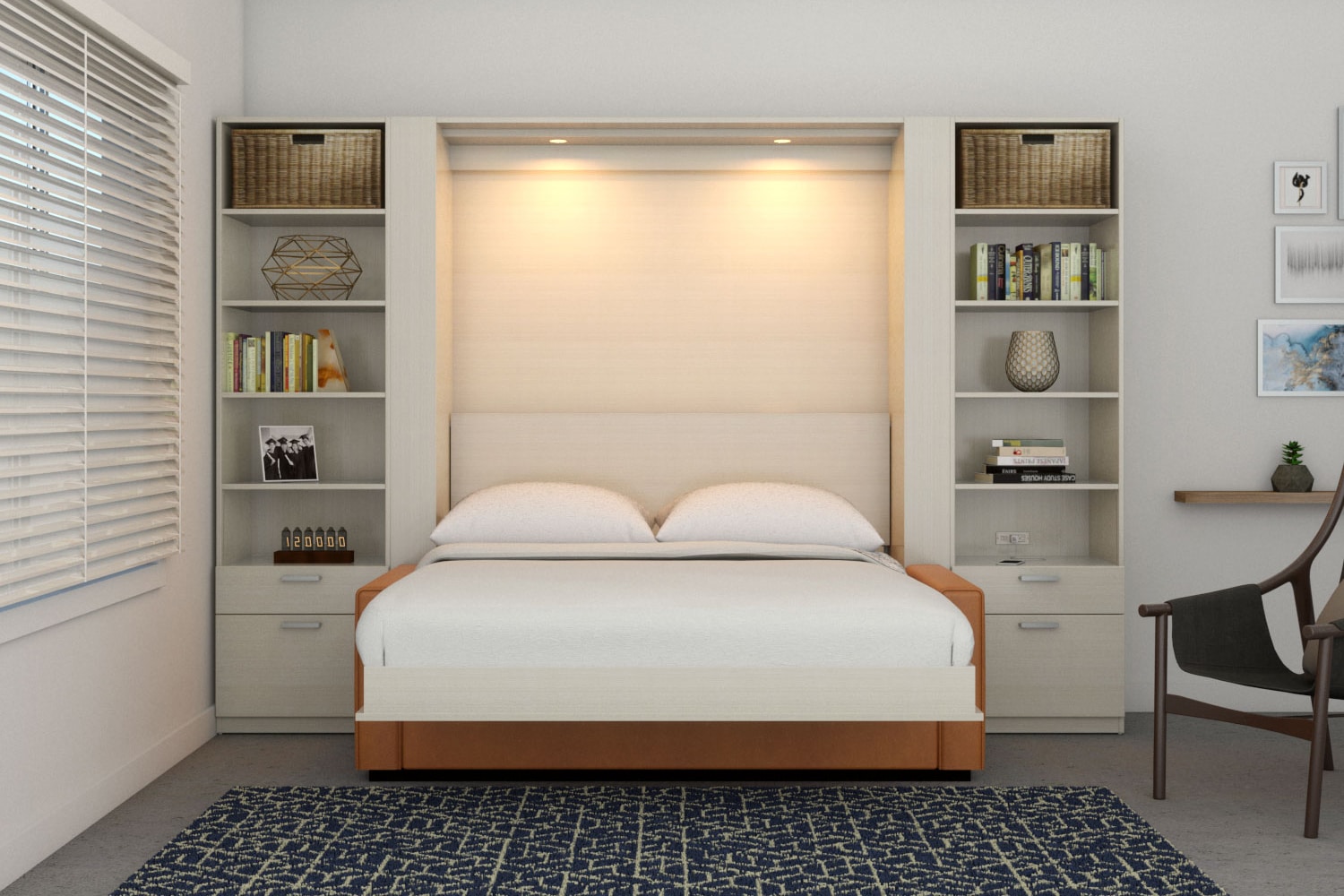
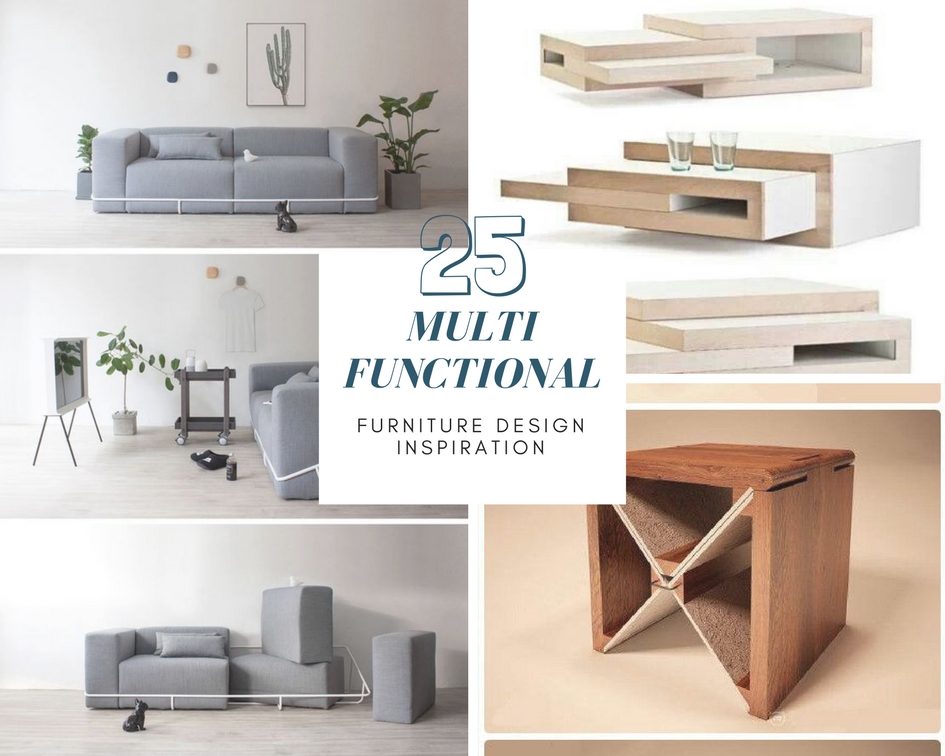
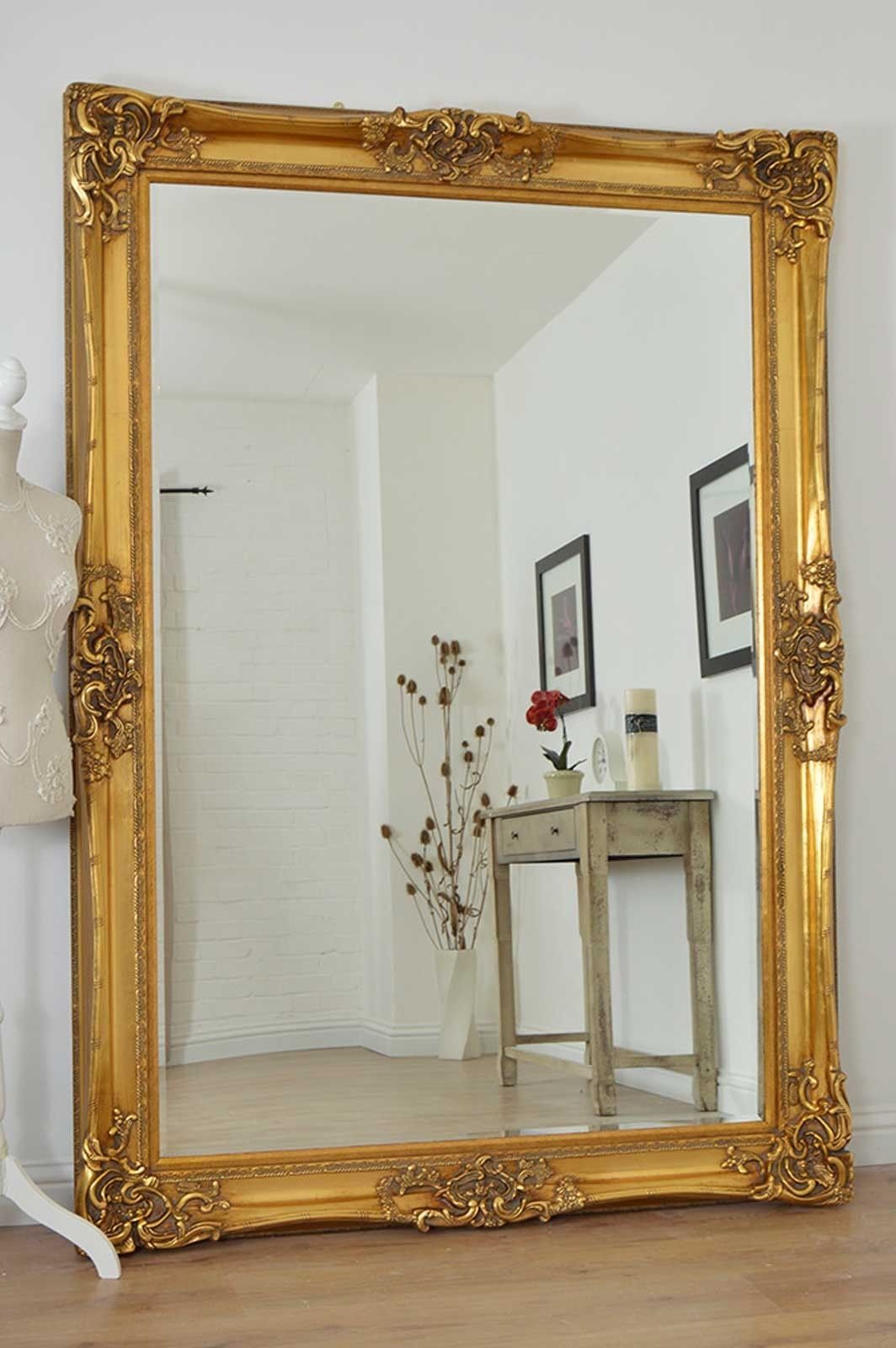

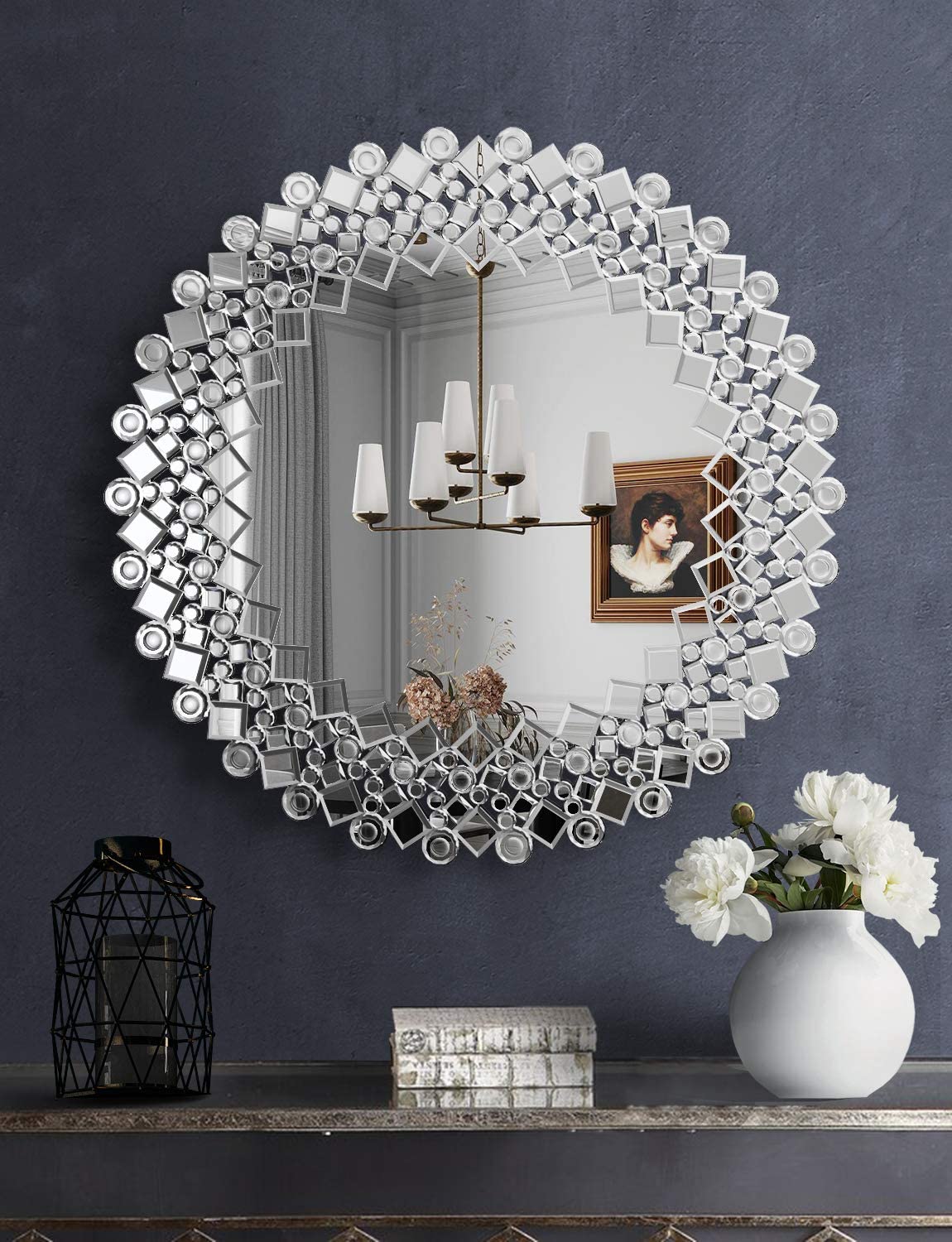
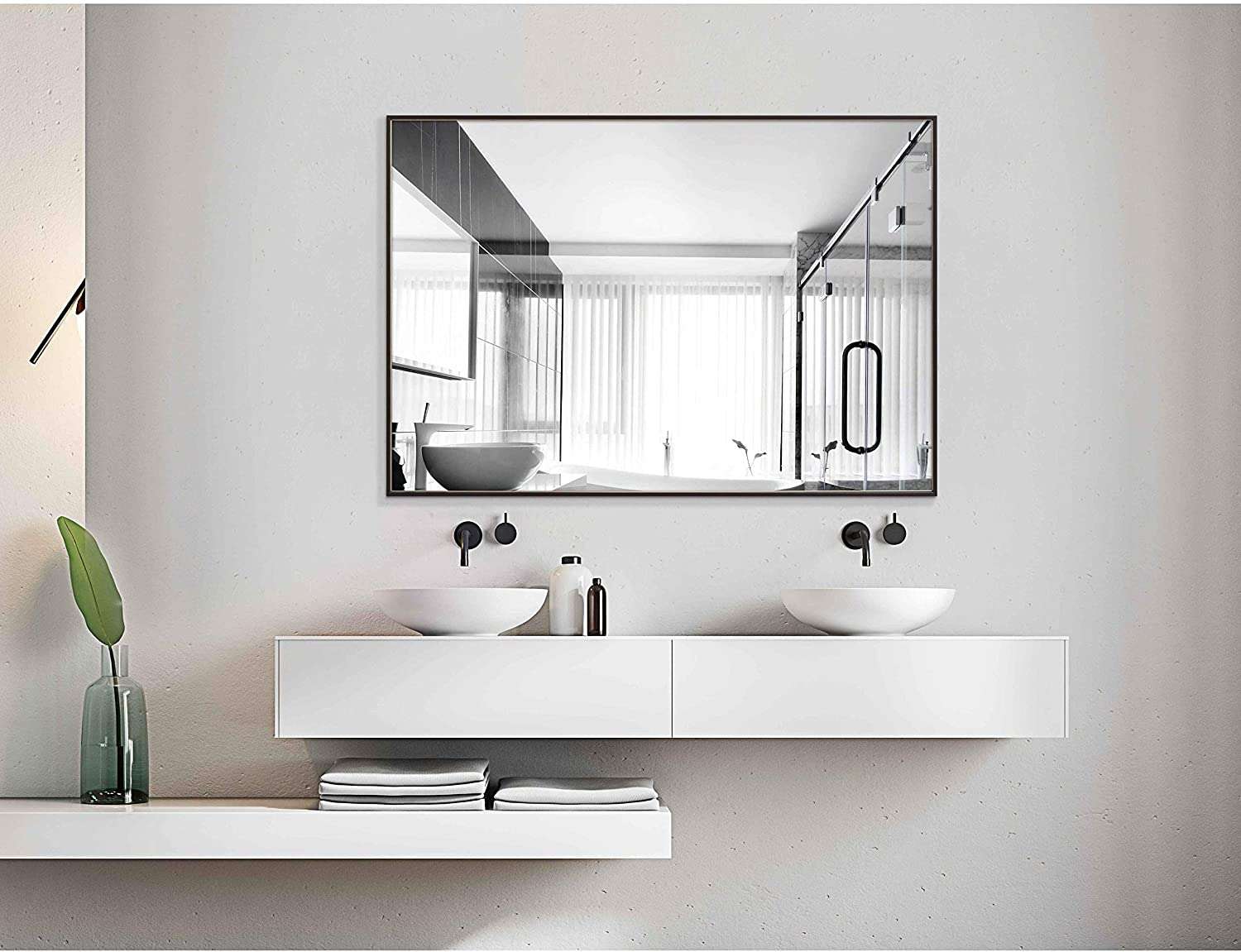
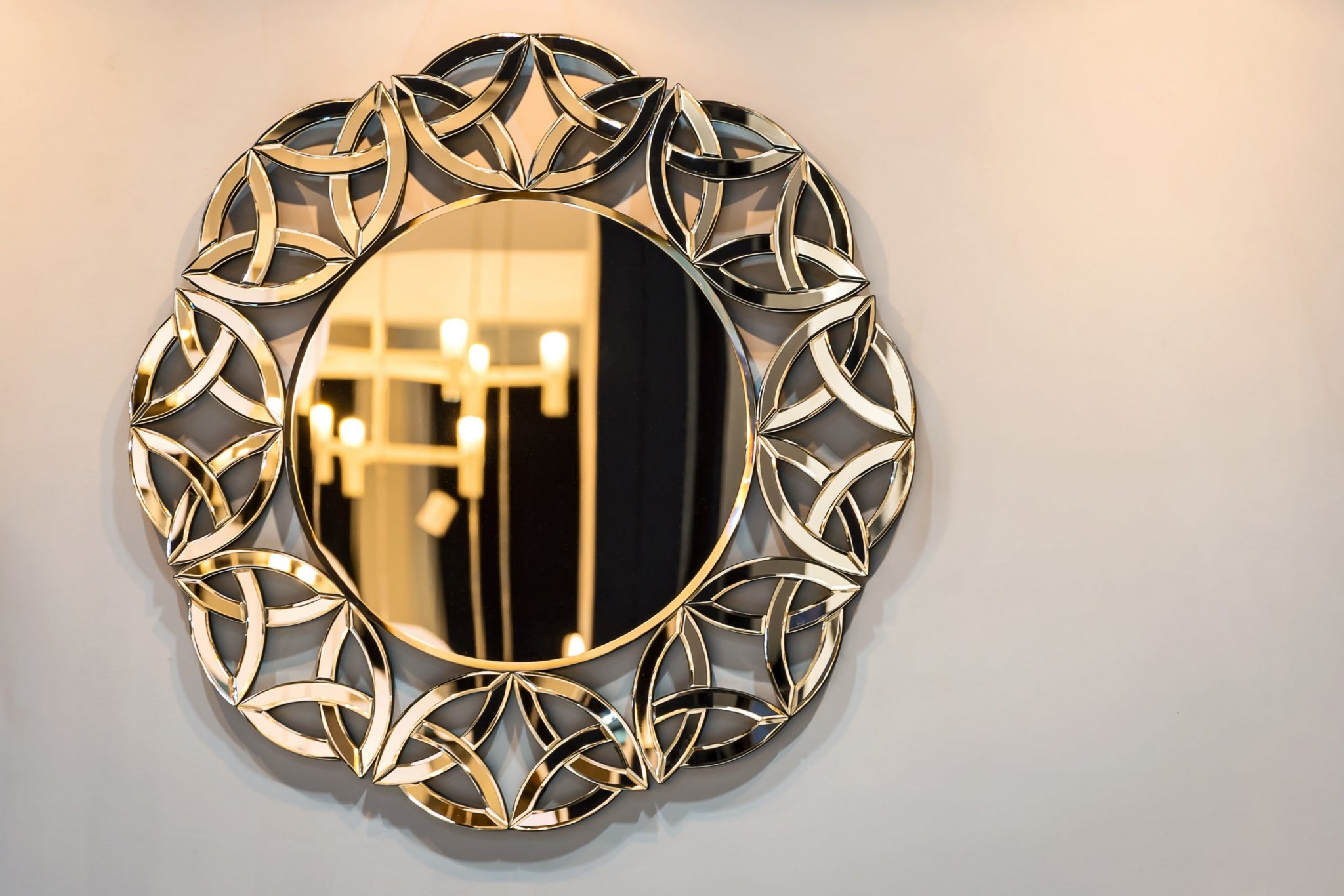



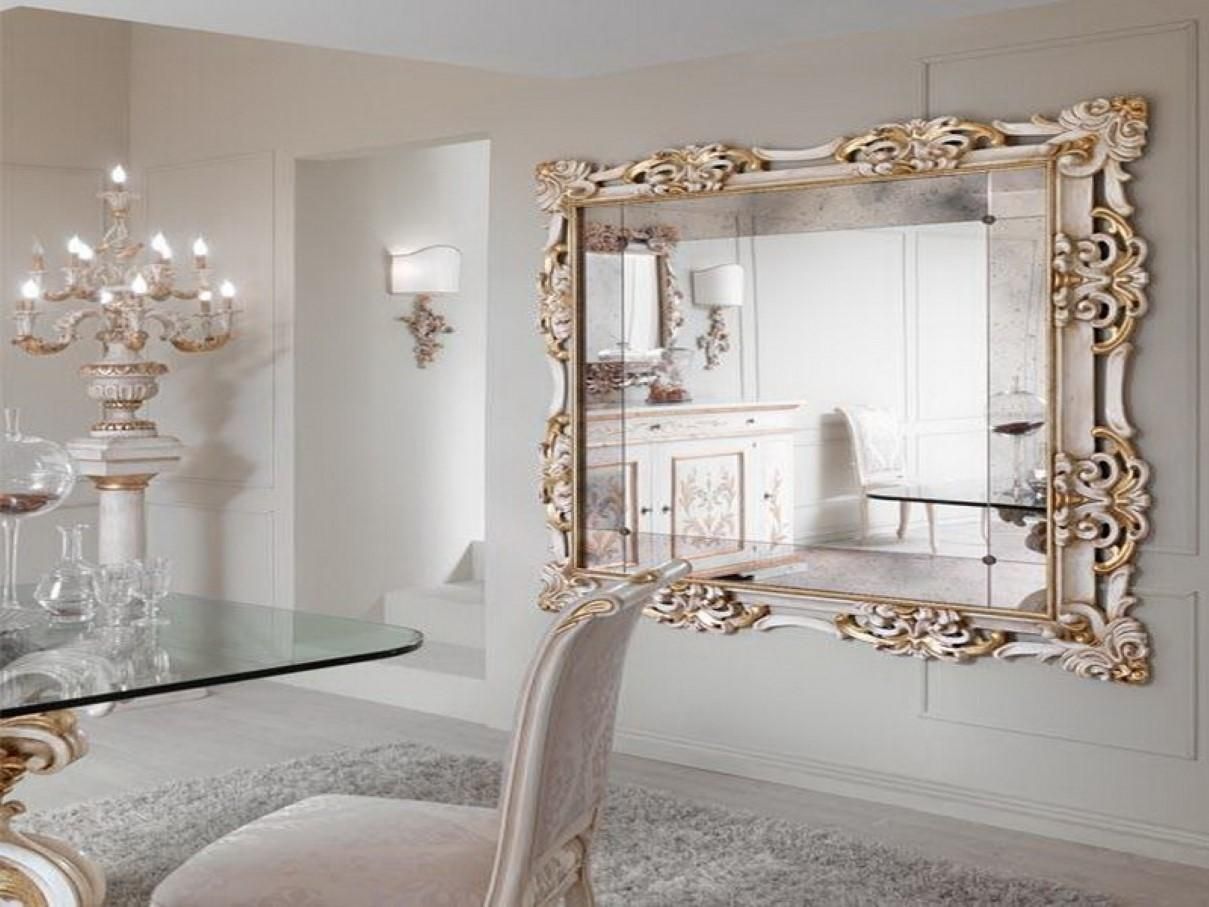

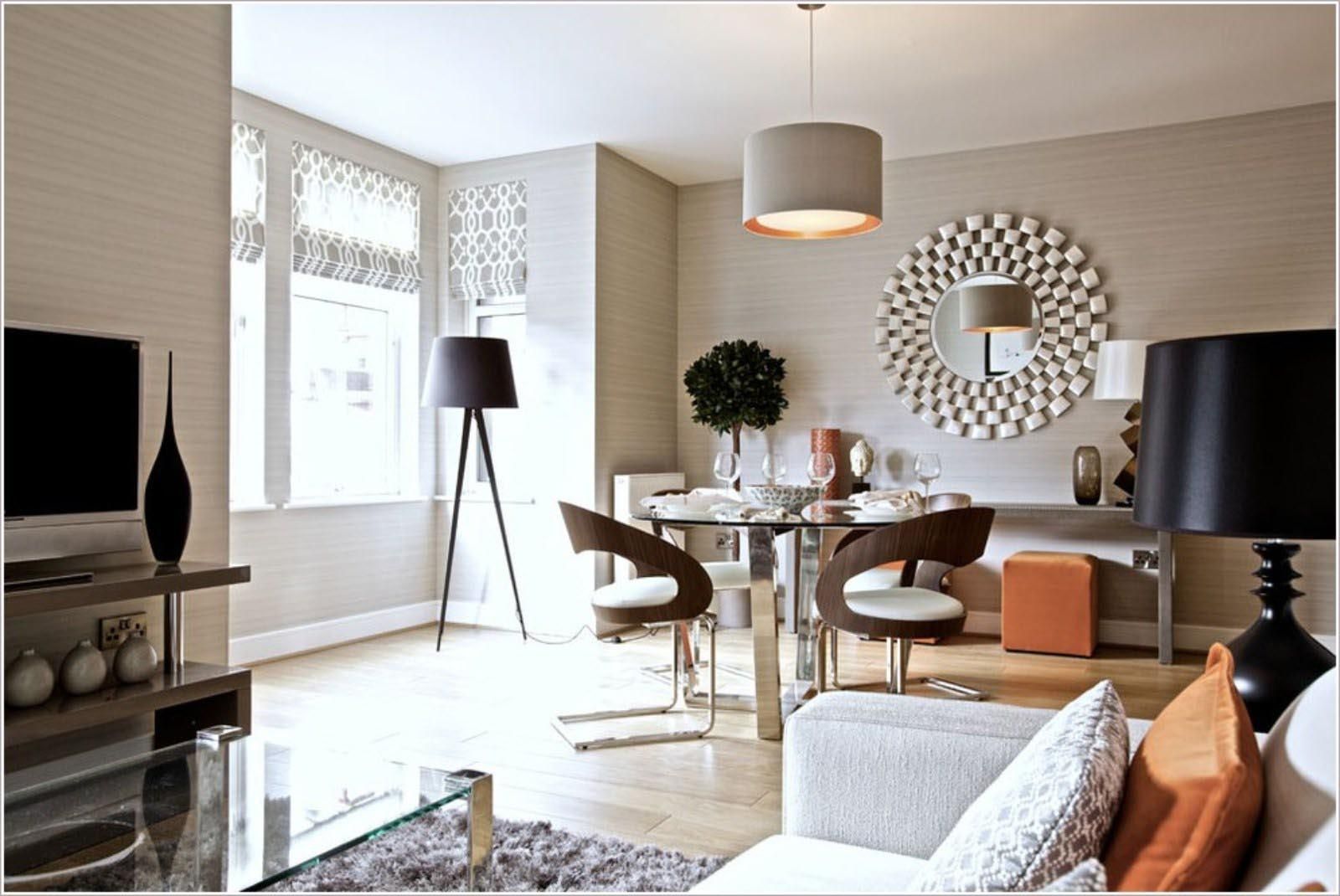
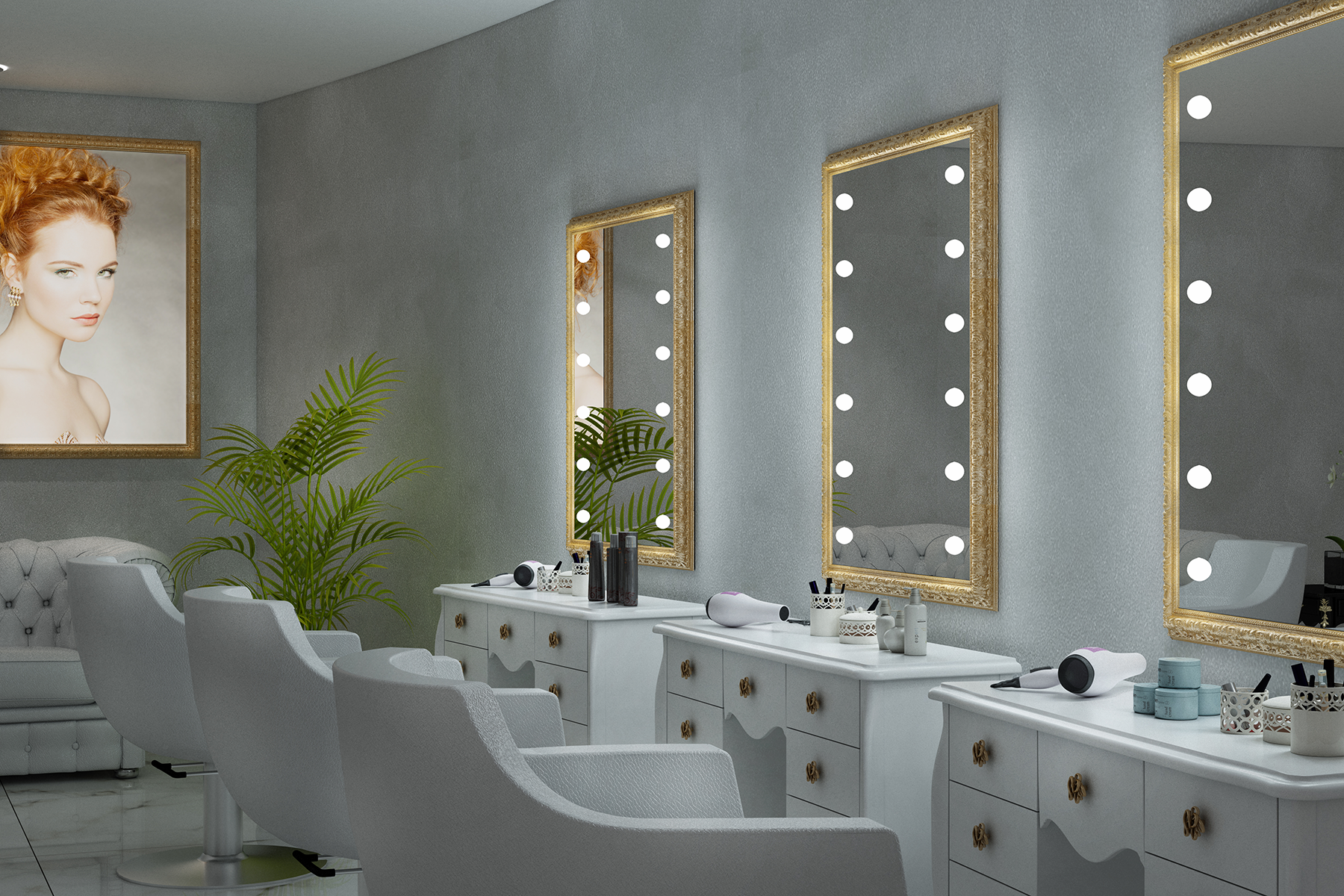




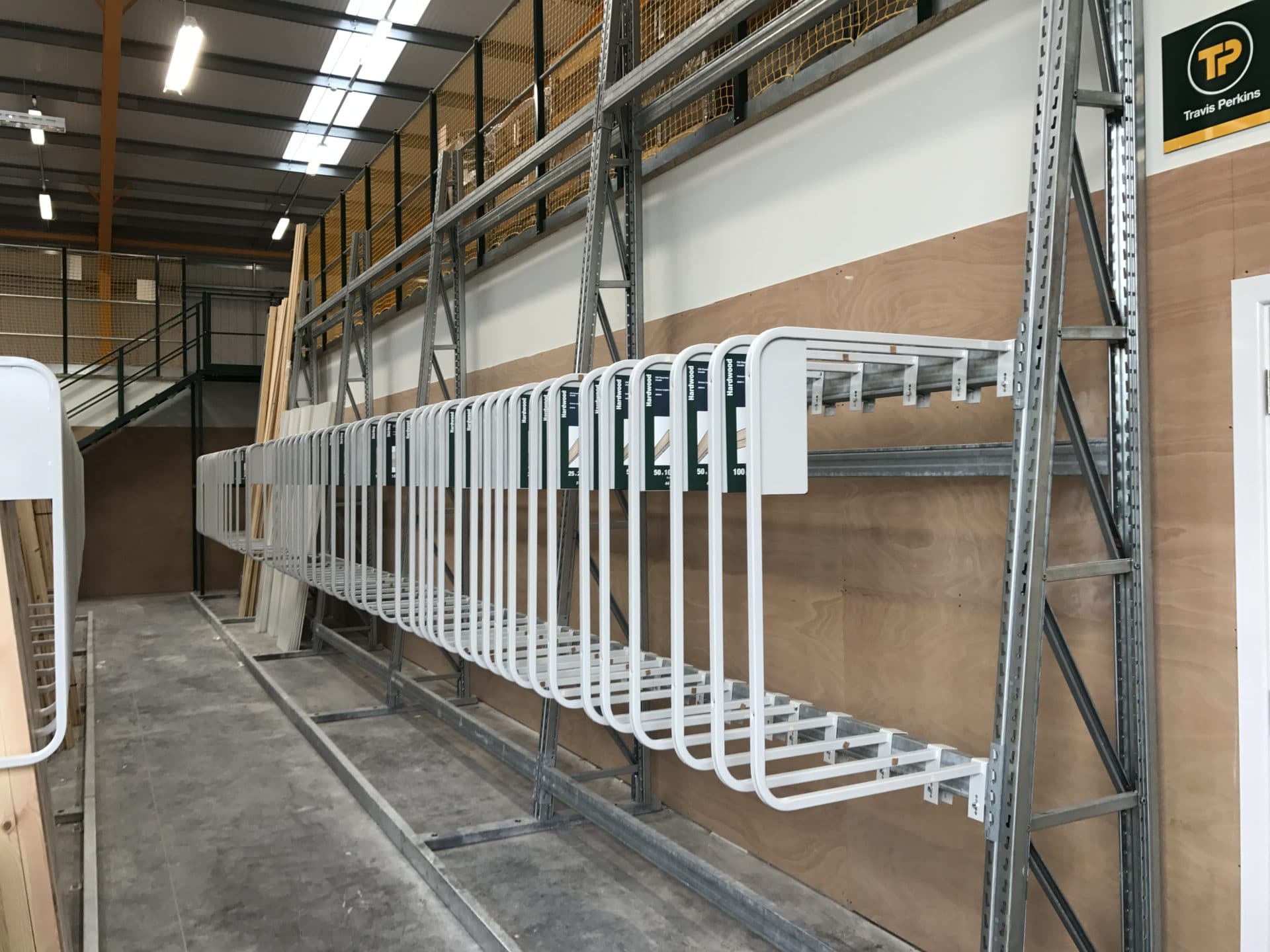
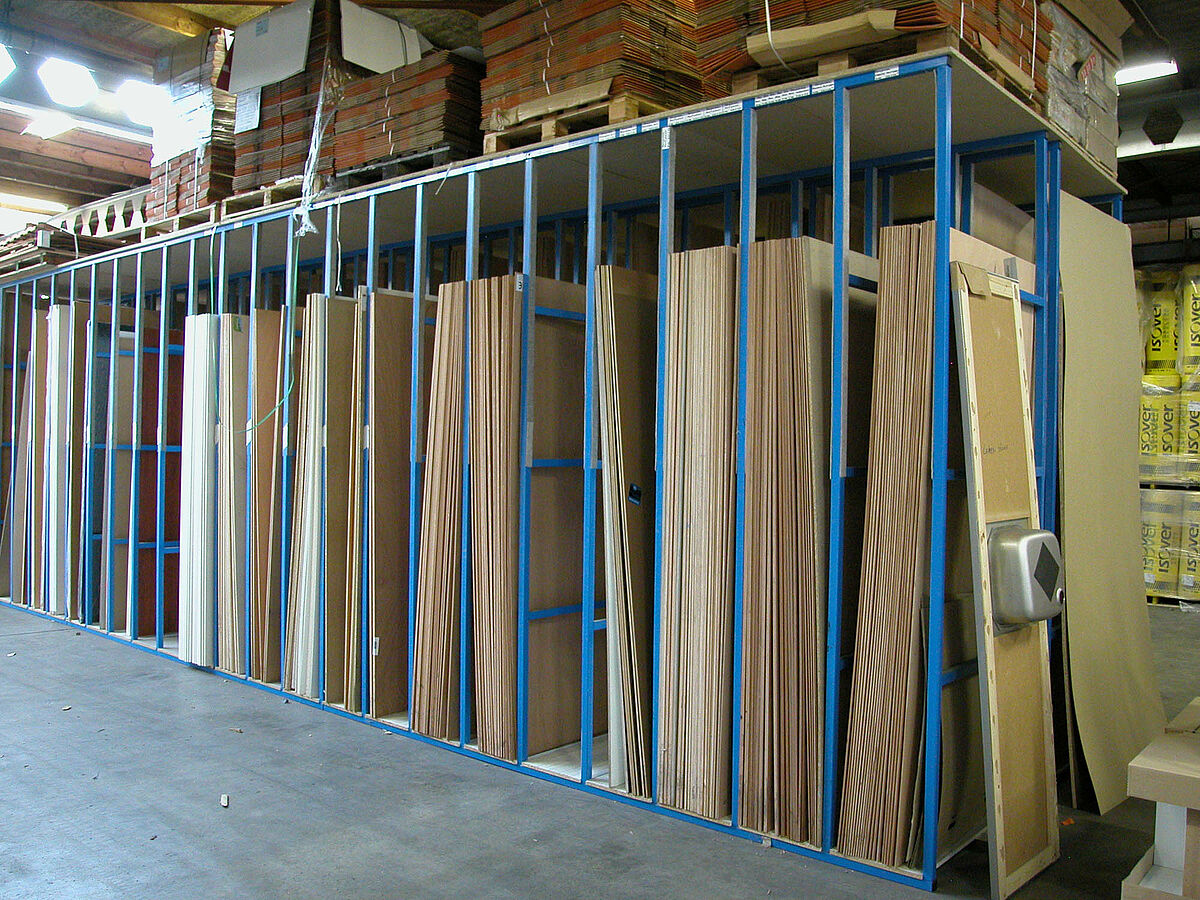





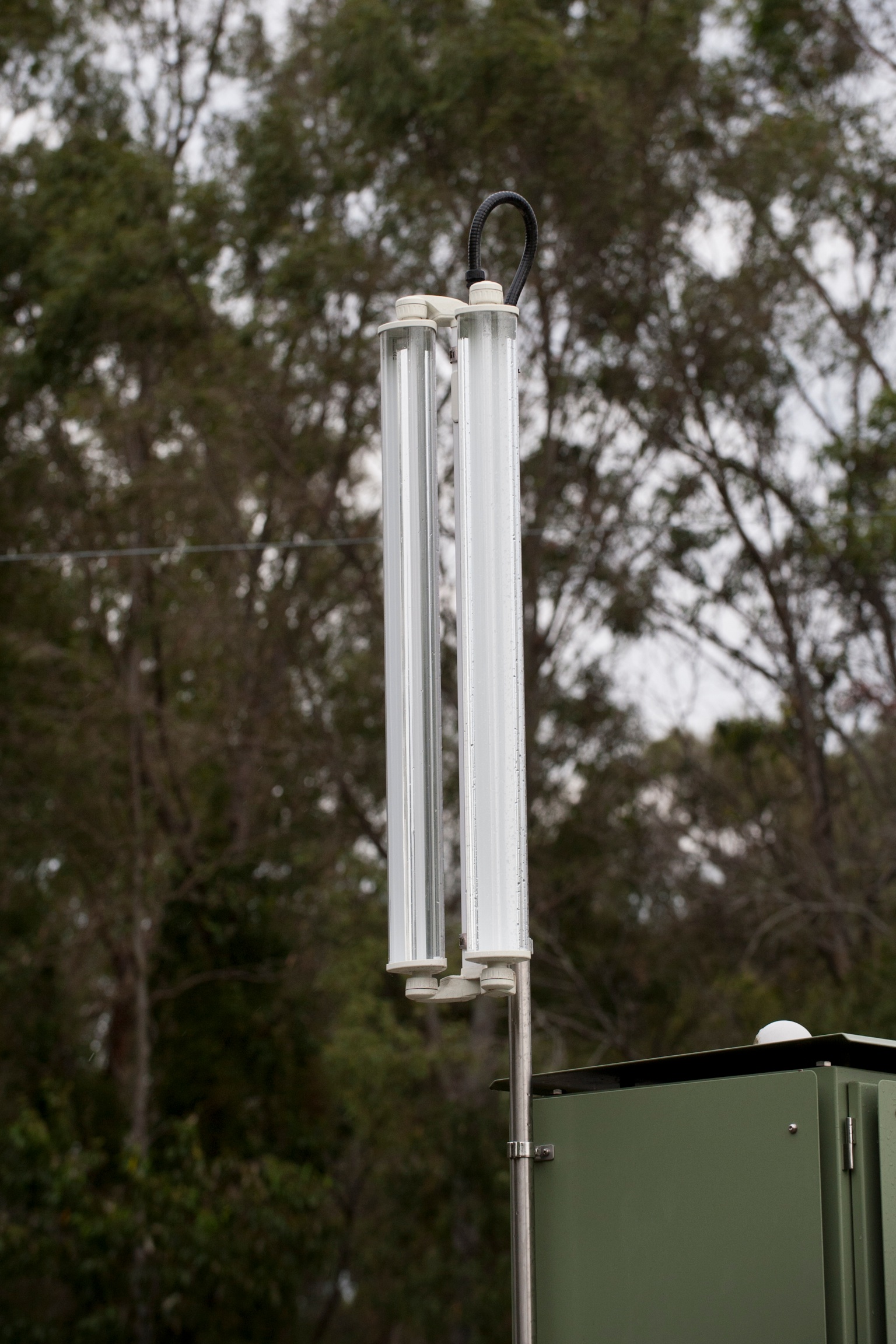
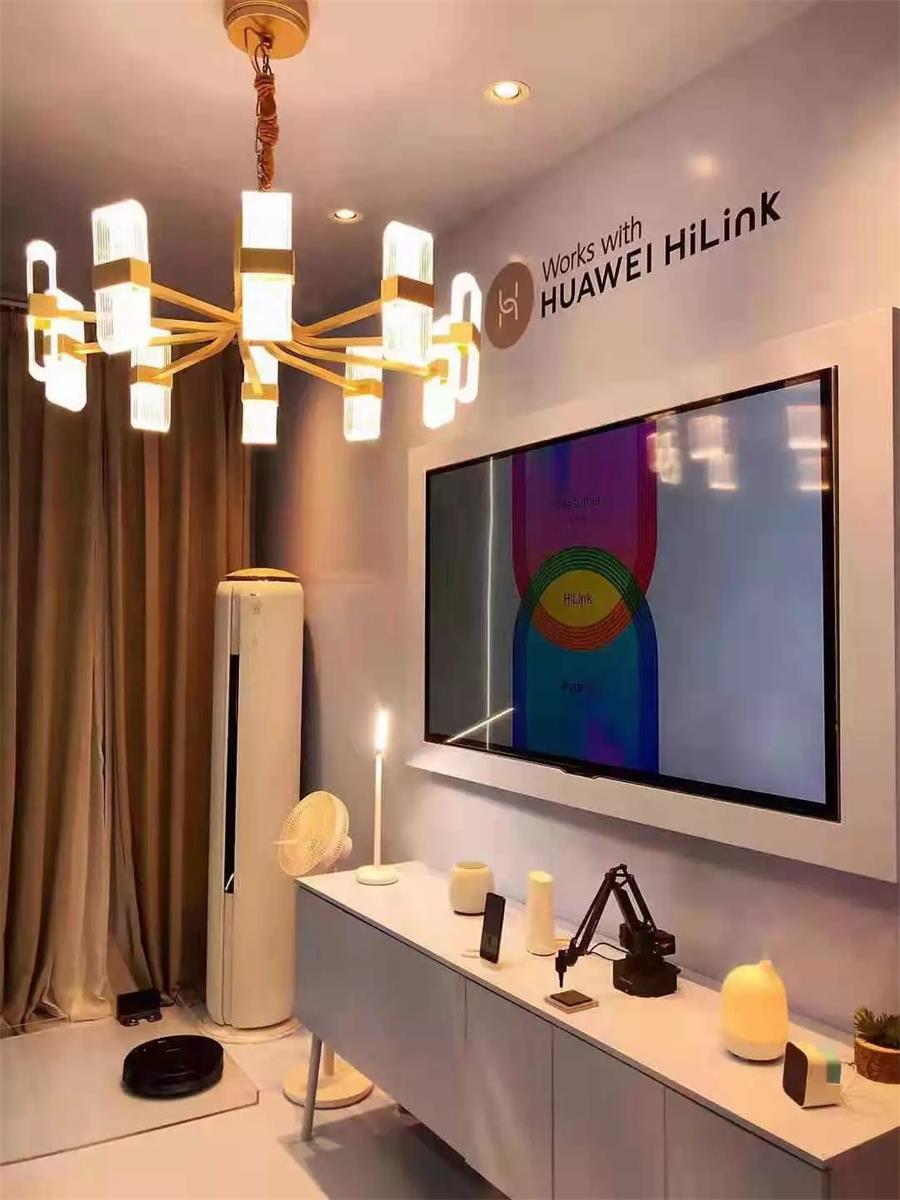




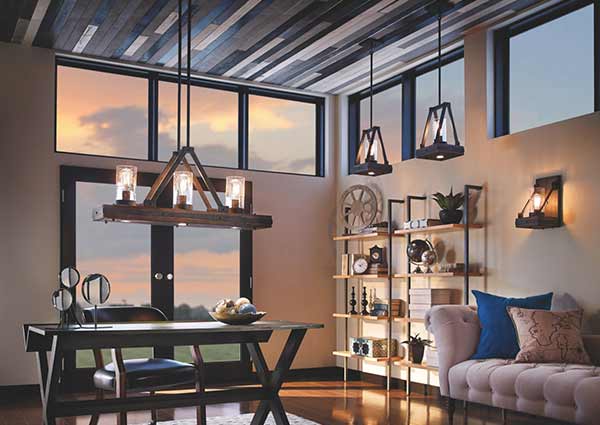
.jpg)

.jpg)







